Introduction
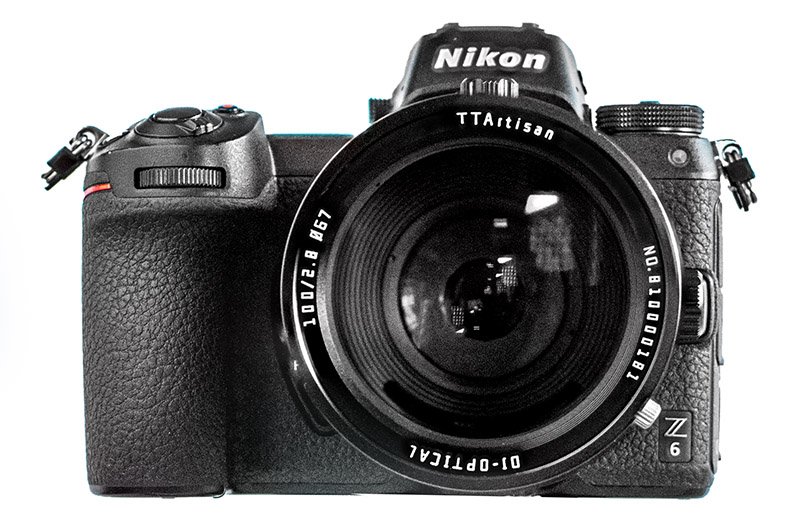
Short telephoto macro lenses around 90mm-105mm are very popular and the market is crowded with them. Being macro lenses, they can give you great magnification (2:1 in this case), and at the same time, they can also be used as portrait lenses. But of course, they also are good for compressed landscape images and candid photography. The advantage of this lens is that it also offers a 2x magnification instead of the traditional macro 1x magnification, and besides, it is a tilt and shift lens, good for architectural and product photography, not something you see every day. Let’s see how it performs!
Sample Images
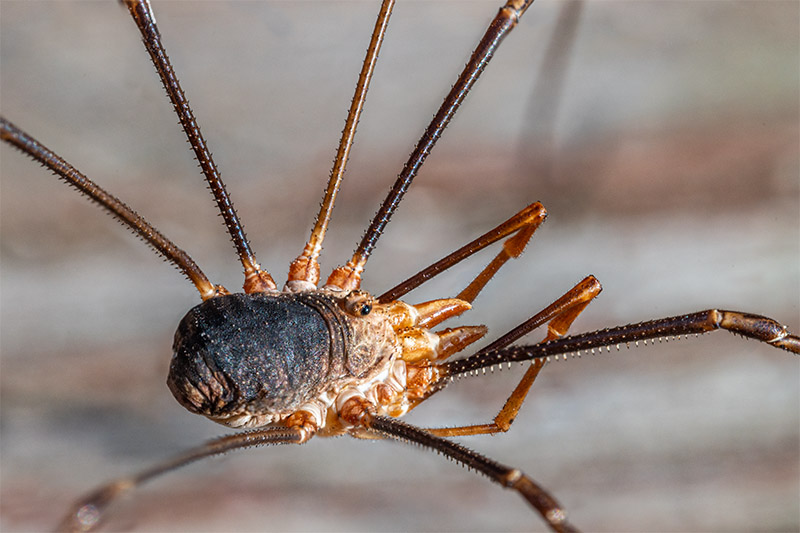
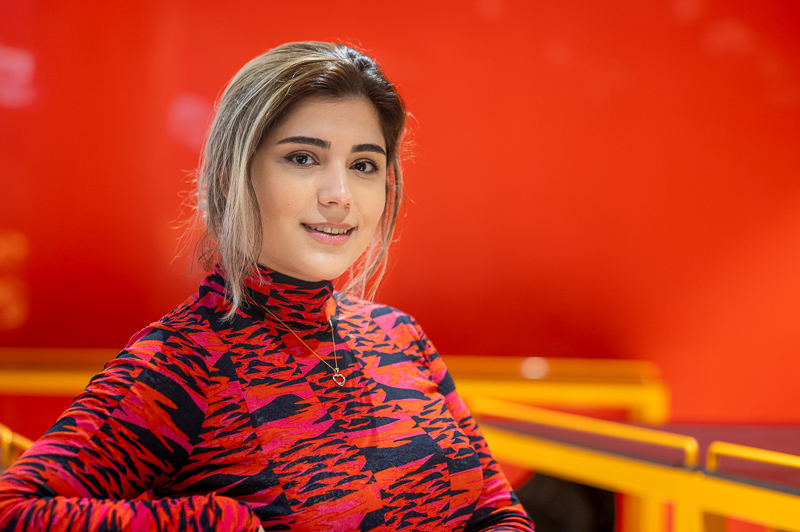
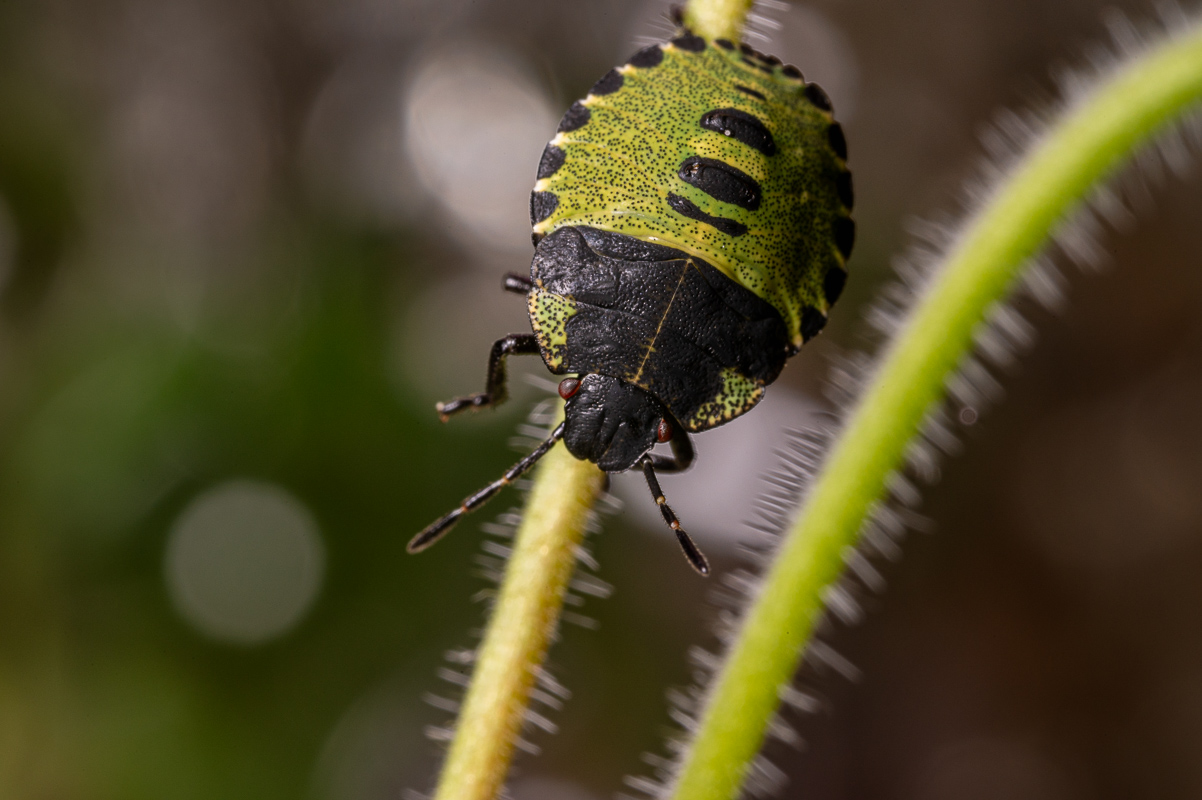
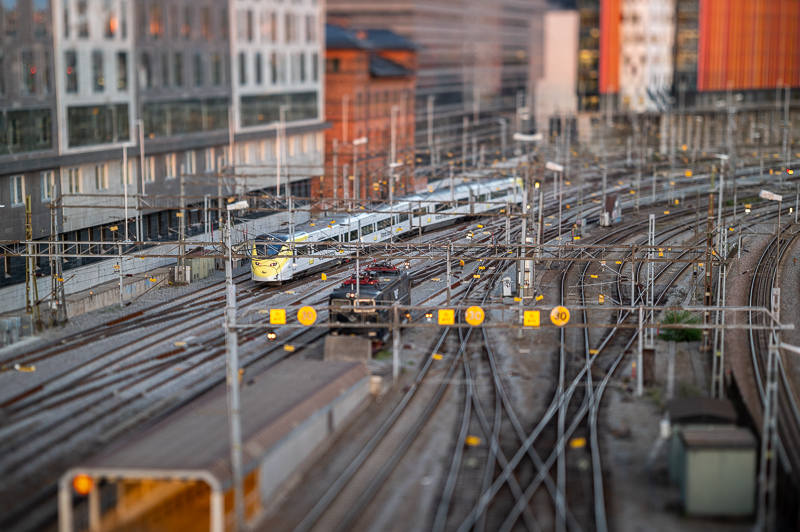
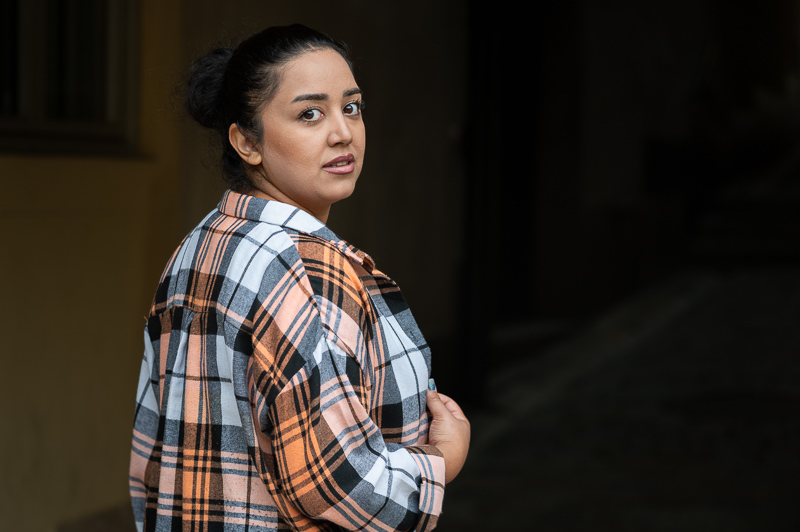
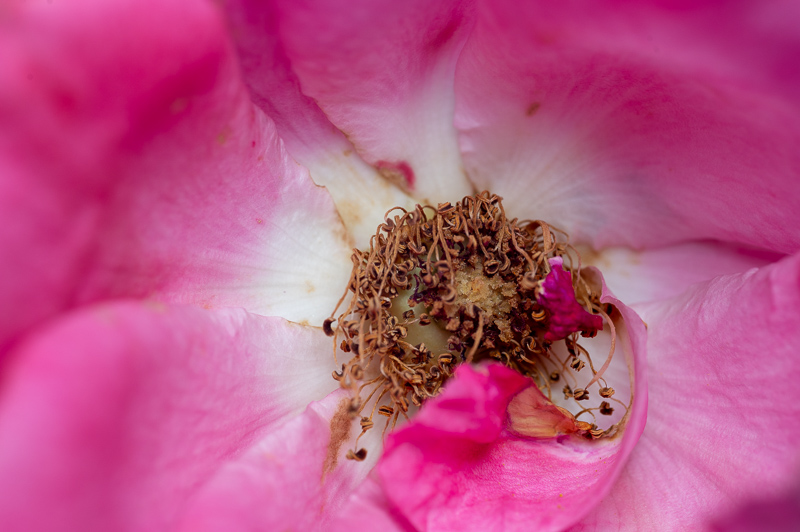
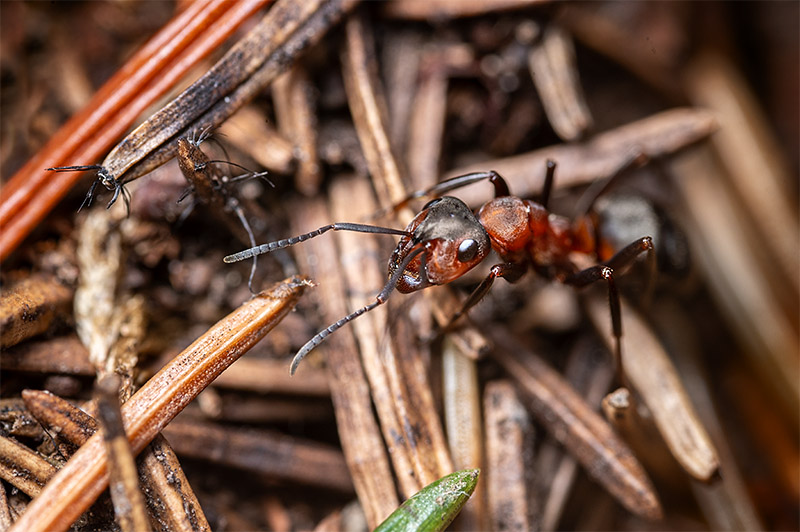
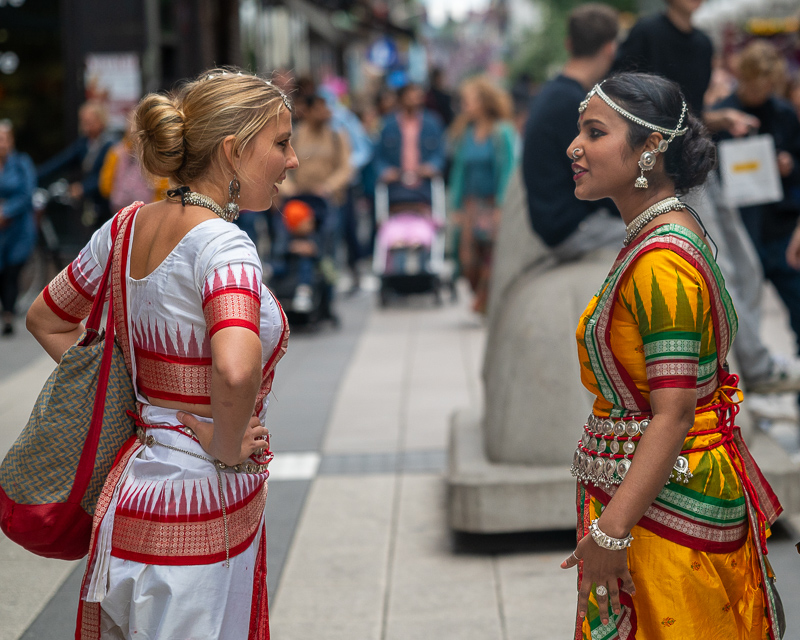
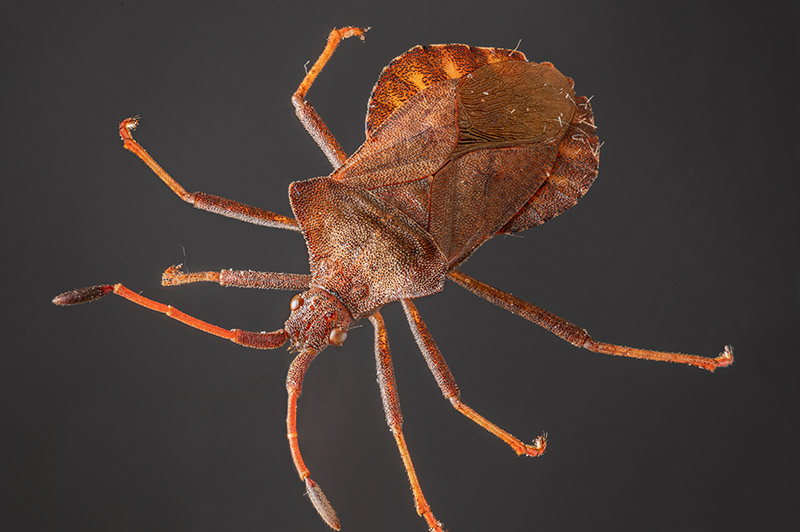
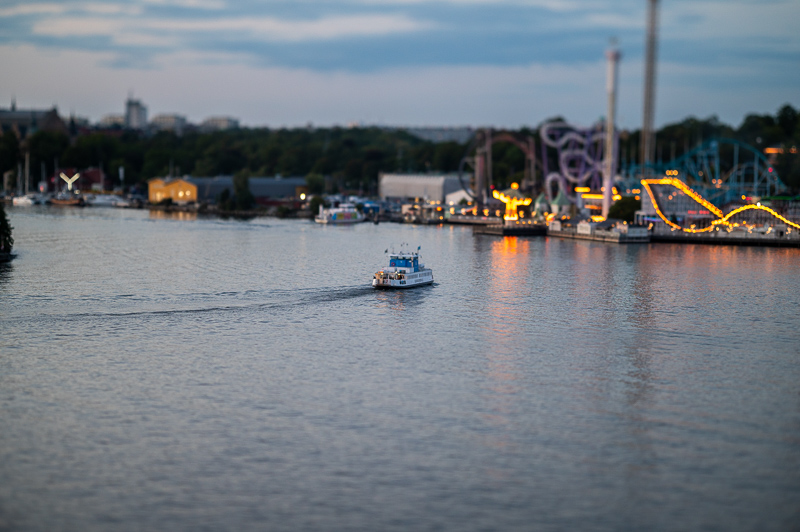
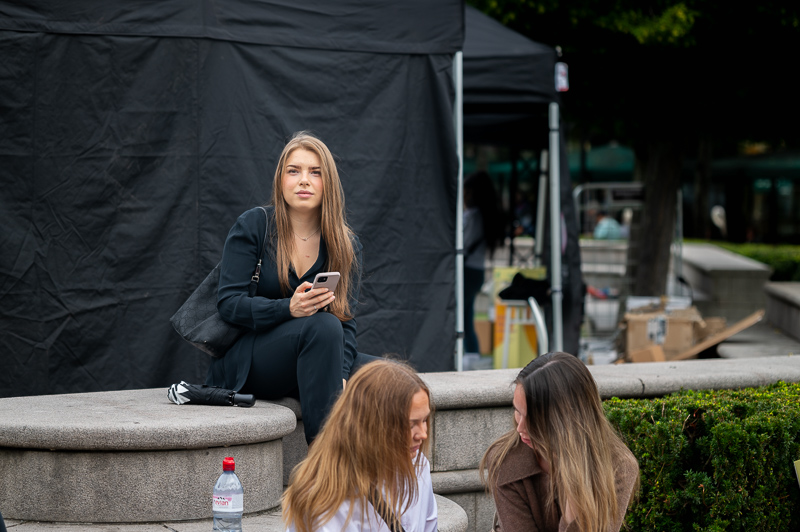

Most of the sample images in this review and many more can be found in higher resolution here.
Contents
Specifications
| Focal Length: | 100mm |
| Aperture Range: | F/2.8 – F/22 |
| # of Aperture Blades: | 12 |
| Min Focus: | 0.25 m (2:1) |
| Filter Size: | 67 mm |
| Lens Mount: | Sony E / Canon RF / Fuji X / Nikon Z / L-mount/M43 (Fuji GFX, Nikon F, Canon EF: ONLY macro, no Tilt/Shift) |
| Weight: | 852 g (Nikon Z version) |
| Size: | Ø 72 mm x 153 mm (Nikon Z version) |
| Tilt: | 8° |
| Shift: | ±6 mm |
| Elements/Group: | 14/10 |

Handling
TTArtisan T&S 100/2.8 Macro 2:1 is built entirely of metal. The lens is completely manual; manual focus and manual aperture setting on the lens, with no electric contacts. It comes with a metallic lens cap that fits securely over the front. There is no lens hood included though. The lens looks beautiful and seems to be designed beautifully when you hold it in your hands. But when attached to my Z camera it has some small play and wobbles on the camera a little, it is a bit annoying. This lens is made in two versions, with and without tilt/shift. Same lens with the same optical construction. The lens is prolonged for the tilt/shift version to accommodate said tilt/shift mechanism. This has made the tilt/shift version a bit too long and unnaturally front-heavy. I had the L-bracket attached to the camera to compensate, but it did not help much.
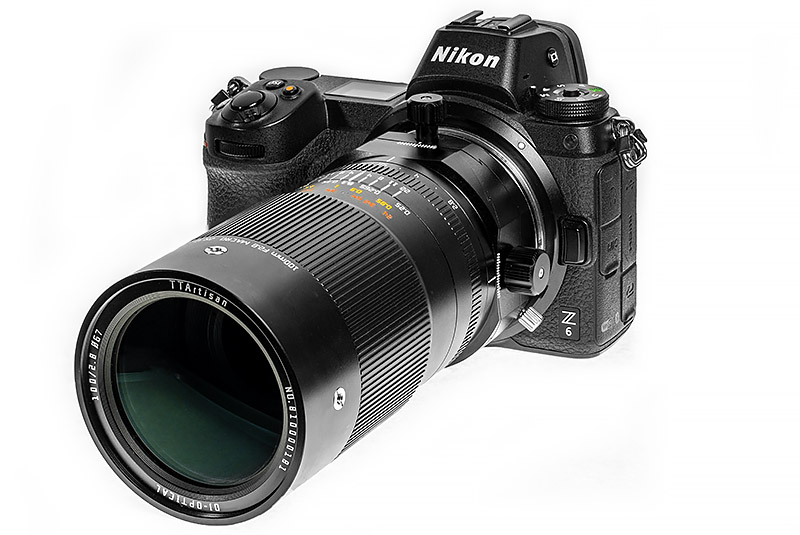
There is no weather sealing. The aperture ring has variable distance click stops at every half an f-stop from f/2.8 to f/11 and only full-stop clicks between the three smallest apertures f/11 to f/22. The focusing ring has only 100 degrees throw. This is a too small throw for a macro lens even with a 1:1 magnification and it is way too small for a 2:1 macro lens. This makes focusing at closer distances a challenge, especially as the ring turns very stiffly. You have to put a good amount of push on the ring to make it start turning, as it’s been stuck. You want to turn the ring very gently, due to the small throw and big magnification, it simply does not move by gentle handling. As you put more pressure, it is easy to overdo it and you pass the focus point to the other side. In other words, focusing is difficult to perform precisely. 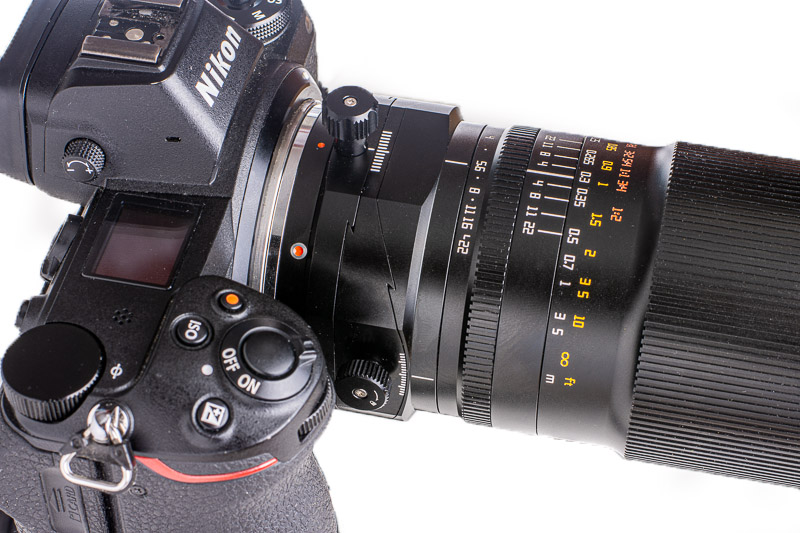
There are 6 knobs at the end of the lens near the camera: one for tilting, one for shifting, and one for rotating the lens 90 degrees, plus three at the opposite side of each of these knobs to lock the tilting, shifting, and rotating mechanism.
There are four female screw holes at the very end of the lens barrel, near the front lens element (over, under, left, and right side of the barrel), where you can attach an included flash cold shoe for special macro arm lights or small led lamps, a very nifty and nice feature, pity that there is only one shoe included.
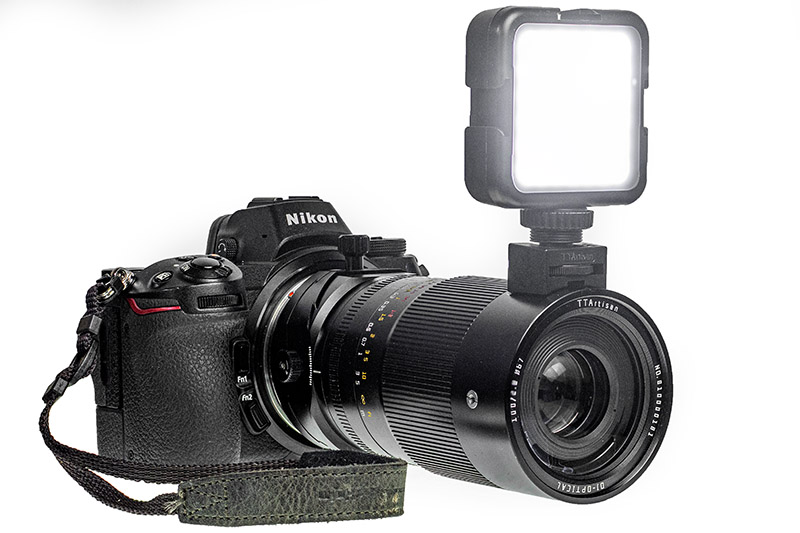
Tilt & Shift
Let’s look at the extra features this lens offers, the tilt and shift functions. The tilt and shift can not be adjusted independently, they are perpendicular to each other, but that is the case for most tilt & shift lenses, except for very few ones.
Tilt
You can tilt this lens 8°, upwards or downwards, which is less than but not far from the competitors; Canon TS-E 90mm (8°), Nikon PC-E 85mm (8.5°), and Canon TS-E 90mm L (10°). Bear in mind though, that the longer the lens is, the less dramatic the tilt effect will be at the same tilt angle. When you unlock the tilting, the lens tilts down in free fall to the end position. You can gear up the lens by the knob but there is no resistance to hold the lens at all. There is no click-stop at the center position either, so you have to align the lens in the center by your judgment.
Combined with the 90° rotation, you can tilt the lens to left and right. Together with the 6 stops, 15° between each stop, even diagonally, but only in two quadrants, due to rotation of just 90°. For rotation all way round it would need a rotation of 180°. I think it is a miss from TTArtisan not to allow 180° rotation to allow for tilt in all directions. This is an unnecessary limiting factor. As they managed to do this construction, they should be able to easily make it rotate 180°.
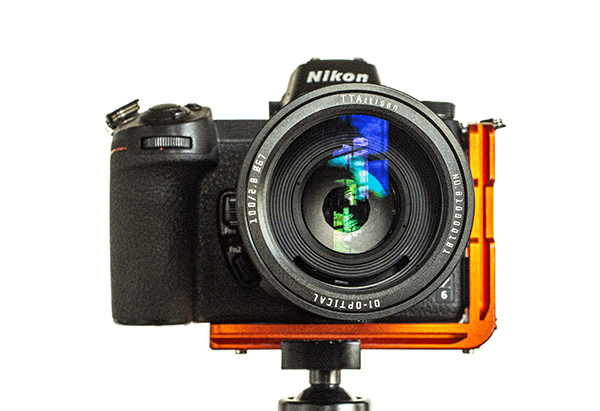
You can achieve some useful and fun results with this function. The most typical application for tilting is increasing the image’s perceived depth of field by changing the plane of focus. But if you like out-of-focus blur you can also decrease the image’s depth of field and get more background/foreground blur. Here is an example (All three pictures taken at the same aperture):
As you can see the tilting is quite efficient for this kind of effects. These effects can be used creatively in product photography in both directions, sometime you need more depth of field when you photograph products up close but you don’t want to close the aperture too much to avoid diffraction effects and you don’t want to bother to do focus stacking. Some other times you want to limit the image parts that are in focus more than what the widest (or your desired) aperture allows, e.g. achieve the same shallow DoF as f/1.4, while using the lens at e.g. f/5.6. This way you get the peak sharpness of the lens, where you need it, while you get the same shallow depth of field as the lens has at its widest aperture. Here is an example:
In the first image, the picture was taken at f/5.6 (lens’ sharpest aperture) without any tilt, only the closest RAM is in focus. The second picture was taken at the same f/5.6 setting, but the lens is fully tilted to get max depth of field, now both RAMs are in focus. In the third picture, I wanted to draw attention to the text “SAMSUNG, Made in China”, on both RAMs, which are laid on a diagonal line. So, maximum sharpness on those texts with the shallowest depth of field to throw everything else in a fuzziness. I tilted to the max, turned the lens 45°, and put the focus on the text I wanted.
Another application that tilting the lens is used for is mostly for fun and creativity to mimic a miniature world, like a town miniature model. You can do it to some extent with this lens but the effect is not as dramatic as with wider lenses. Here is an example. I’ll put more examples in the sample images.
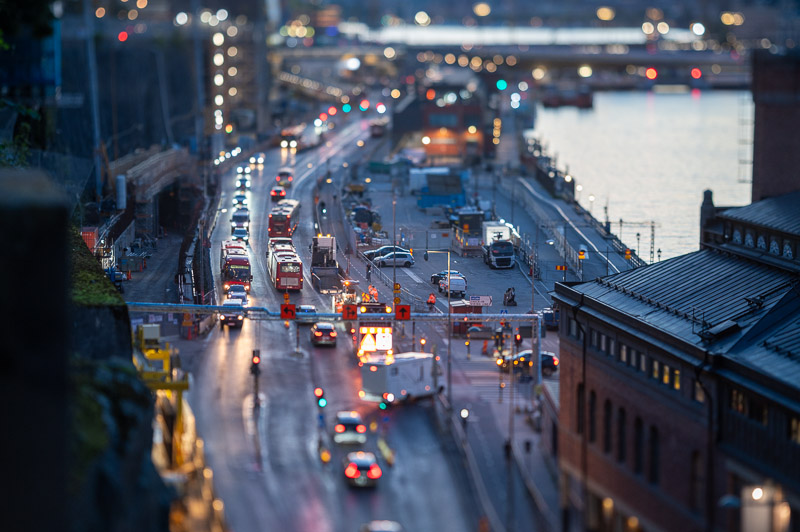
In the following, you will find an example of getting more (better) bokeh by tilting the lens both to the left and right and then combining them.
Shift
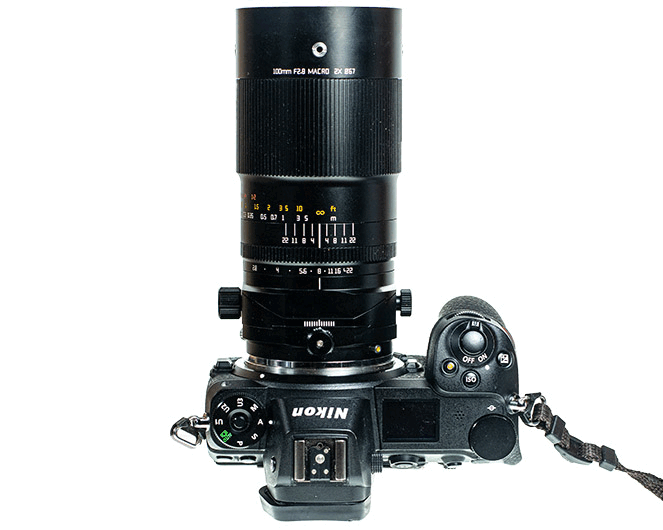
The effect of shifting a lens is more visible in wide-angle lenses, the longer the lens, the less the effect. On this 100mm TTArtisan, there is only a shift of ±6 mm possible. This is quite small for a 100mm lens. As for comparison, if we look at the closest T/S lenses, we can find that Canon TS-E 90/2.8 can shift ± 11.0 mm, Nikon PC-E 85/2.8 can shift ± 11.5 mm and Canon TS-E 90/2.8 L can shift 12 mm. So, to get the same effect as the Canon TS-E 90mm this lens should have about ±12 mm shift, the Nikon PC-E 85mm, this lens should have about ±13.8 mm shift, while it has only ±6 mm.
The applications for shifting a lens are traditionally for correcting converging vertical lines, mostly in architectural photography or even forest trees. But that converging effect is huge and very disturbing when using wide-angle lenses, with a telephoto you have to back so much that firstly you don’t get that bad converging lines effect and secondly the small amount of distortion is easily fixed in post without losing as many pixels as when wide angle lenses are used.
Here is an example with the camera in portrait mode and the lens shifted up all the way:
To begin with, as you see, there is not much converging line distortion, and I had gone as close as possible while keeping the edges in the frame and the camera pointed upwards as much as possible. Even with this small distortion, while the shifting helps a little, it does not remove the distortion completely. So, if I need to fix it in post then I skip using the shift function as it not only does not help much but also introduces some nasty vignetting in the top corners.
Another use of shifting is to get panoramas with minimal distortion and loss of pixels. Here is an example using the shift both to the left and right all the way:
Again, due to the small shift (for this long lens), the effect doesn’t make your jaw drop and now you get the ugly vignetting in all four corners. With this telephoto lens, I could get much wider panoramas by turning the camera to the left and right without using the shift, with small, easy-to-fix distortion.
Well, I would say that the shifting on this lens is pointless, better not to use it at all.
Optical Features
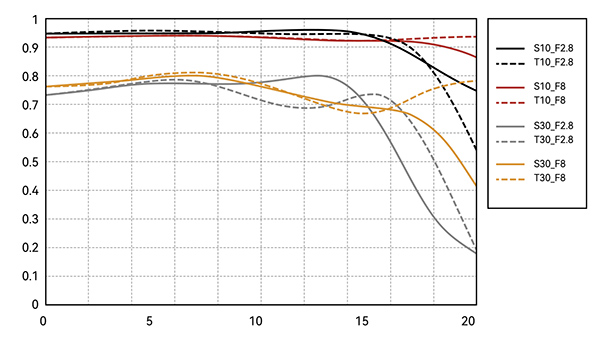
Sharpness (Infinity)
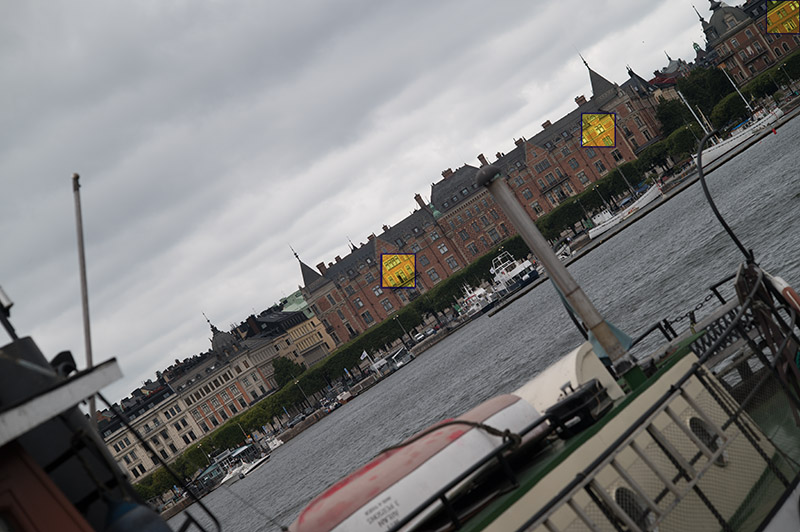
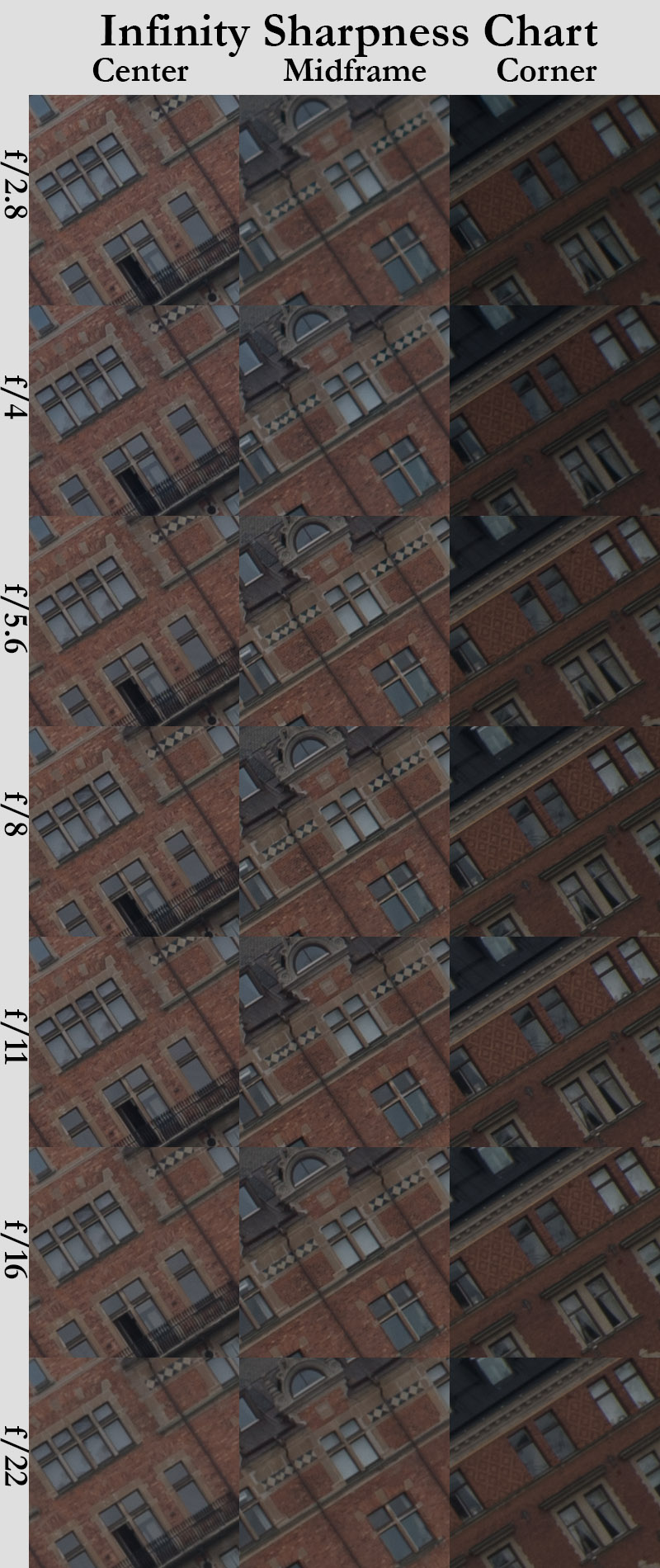
Excellent sharpness right from f/2.8 in the center, it gets marginally better at f/4 and f/5.6 is perfect, at f/8 and f/11 we have the same level of sharpness. At f/16 it becomes a little softer and f/22 shows the softest image of all apertures.
In midframe, the sharpness is a little less at f/2.8 but improves a lot at f/4 and is excellent at f/5.6. Up to f/11 it is very hard to see any difference on a 24Mp sensor. f/16 and f/22 are softer.
The images are visibly softer in the corner at all aperture values, “only” good at f/2.8, better at f/4 much better at f/5.6, and at f/8 it is very good. F/11 is the peak performance for the corners. At f/16 and f/22 it gets softer.
We do not look at the corner sharpness in shift position as shifting is rather pointless with this lens and also it deteriorates substantially.
Sharpness (Portrait)
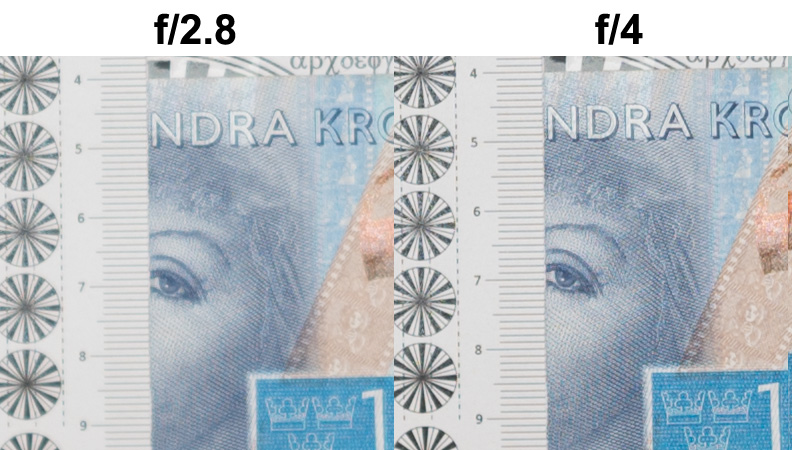
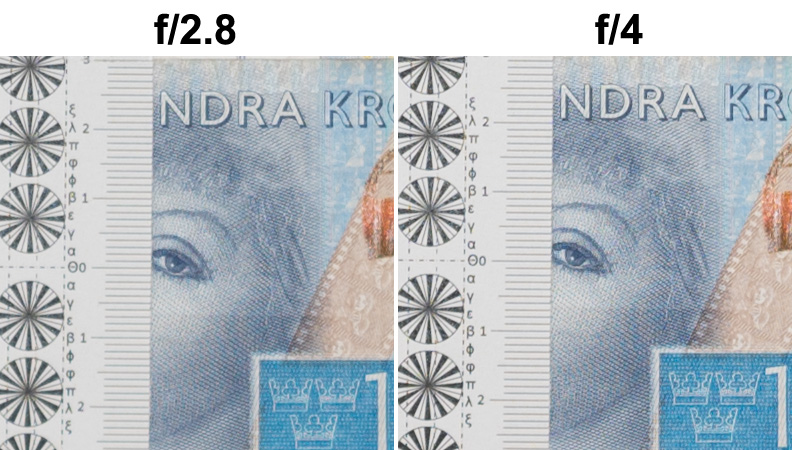
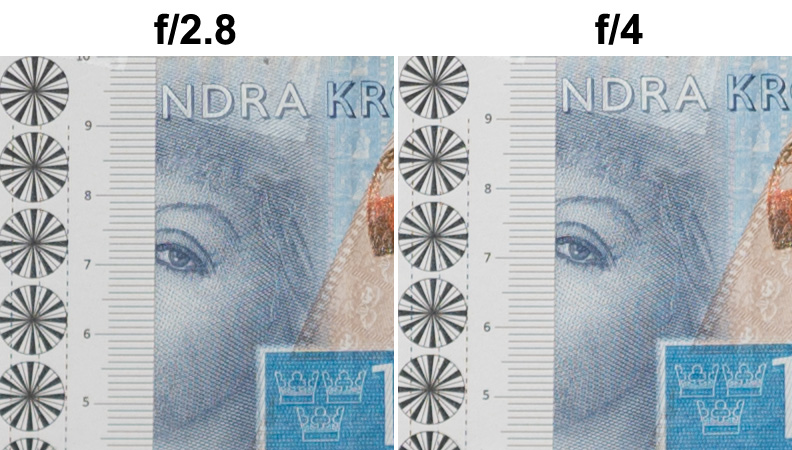
F/2.8: Center sharpness is good but lacks contrast but inner periphery and outer periphery sharpness are very good with very good contrast.
The TTArtisan T-S 100/2.8 is one of the rare lenses that shows this behavior that we see here. Normally the center sharpness is much better. Actually, for portrait work, this is better than the other way. This is actually in line with what the MTF chart shows as well.
At f/4 the sharpness and contrast are excellent in all three test points.
Sharpness (Close-up)
Normally the offset print of bank notes works well for all close-up sharpness tests we do. Here is the image of the Dollar bill captured at 2:1.
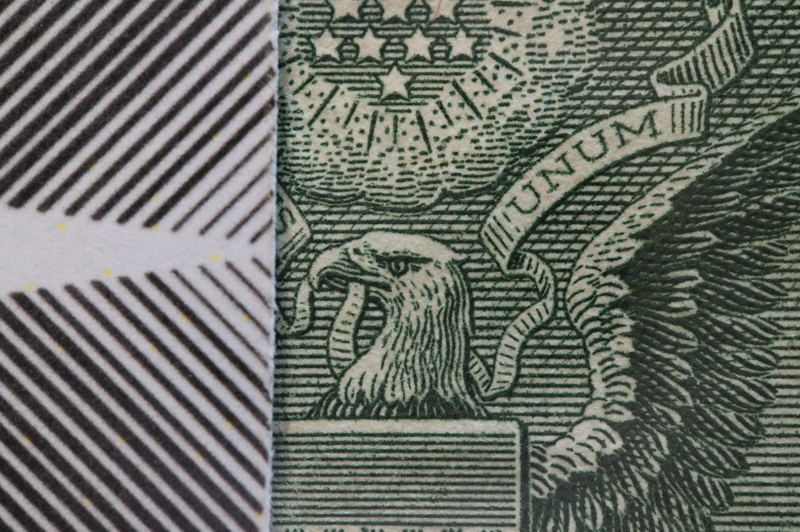
And here is the 100% crop from the center of the image:
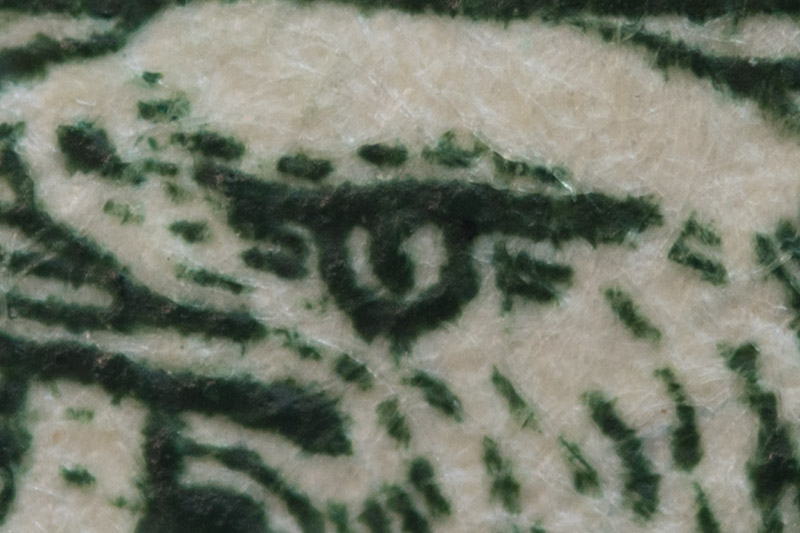
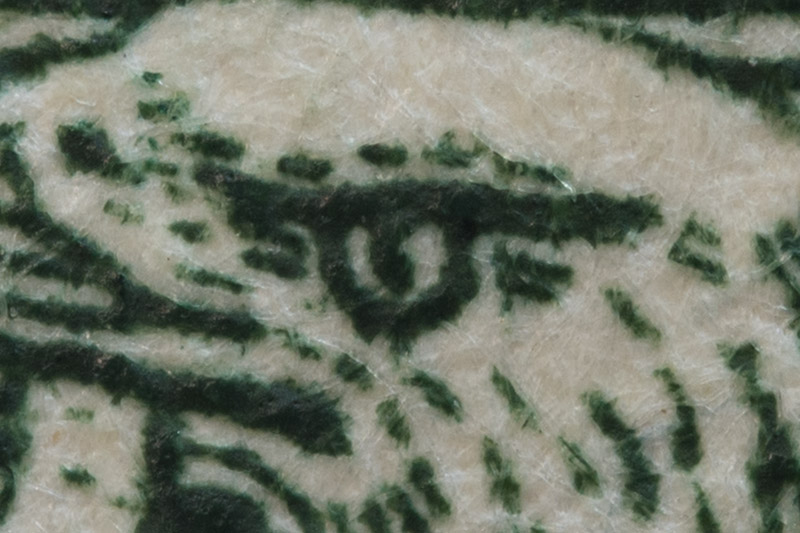
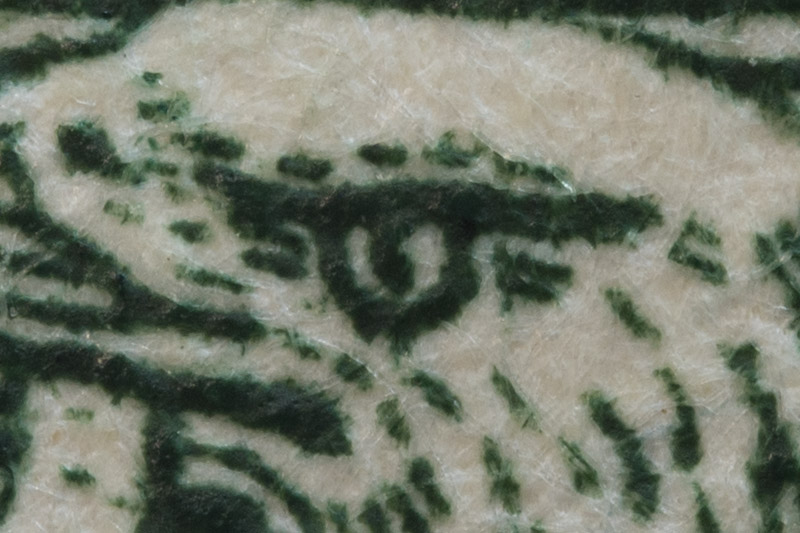
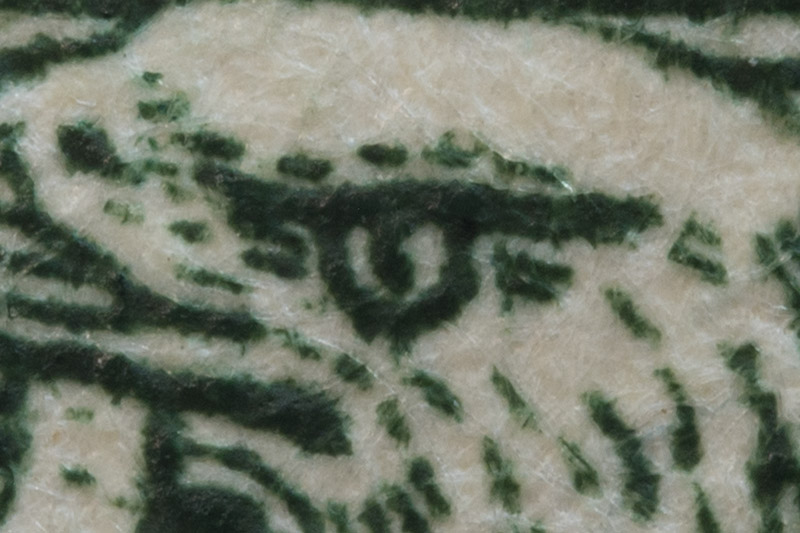
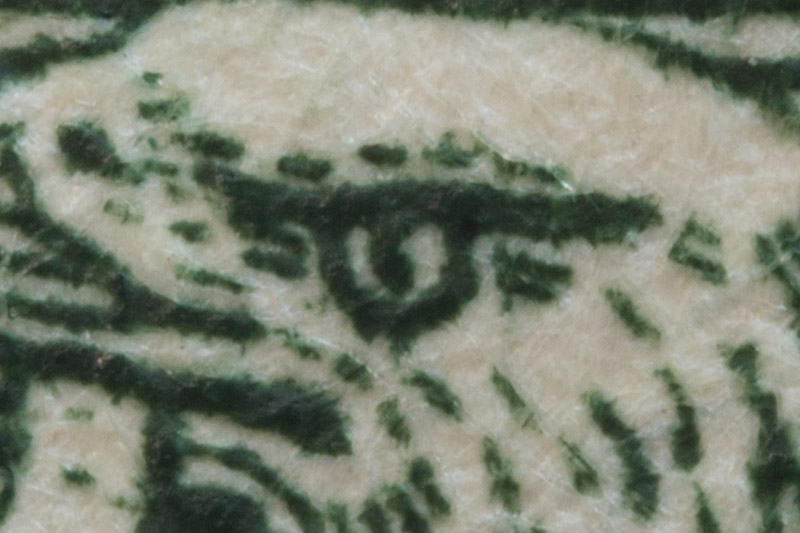
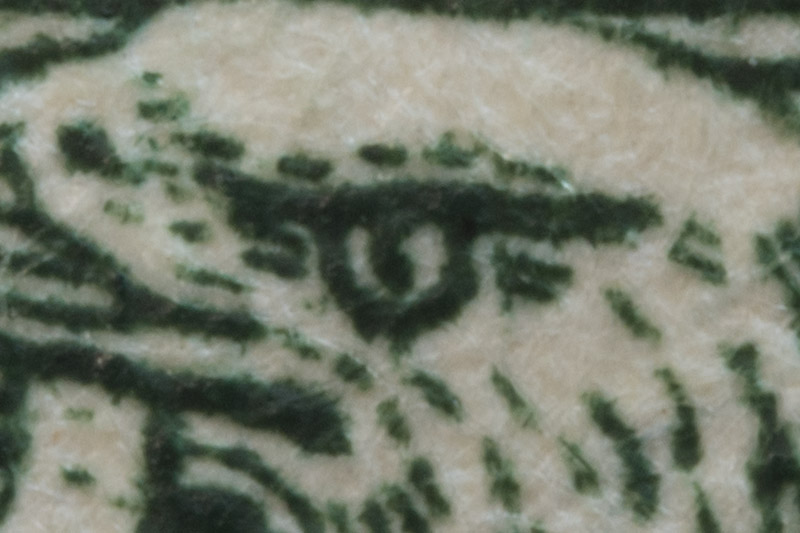
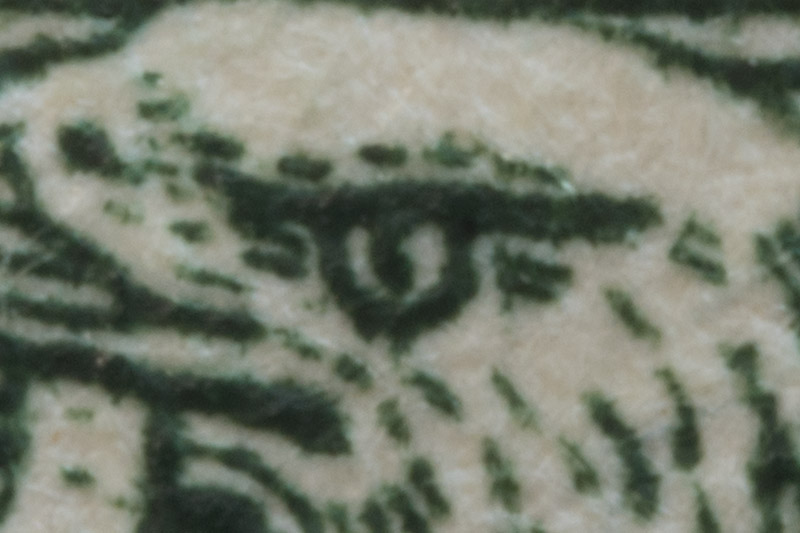
But here when looking at the macro sharpness at 2:1 magnification, the Dollar bill seems to nudge its details limit, so to be sure I chose to repeat the test with a one Euro coin, the size of which exceeds the size of a fullframe sensor’s short edge. Here is a shot of the coin at 1:1 magnification:
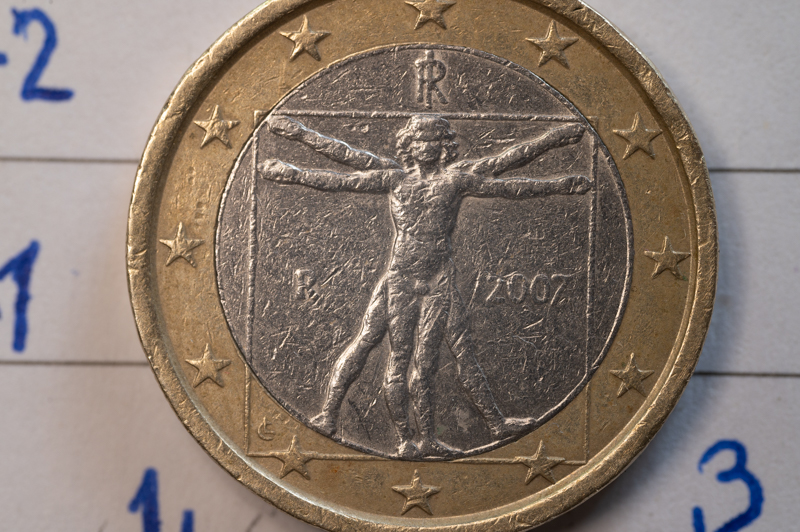
I went close to 2:1 magnification and did a series of shots, here are 100% crops of the shots, at the center of the image:
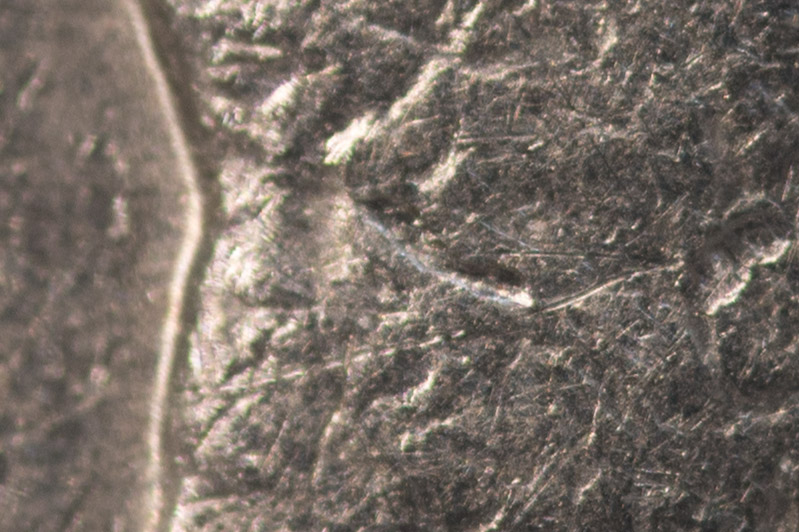
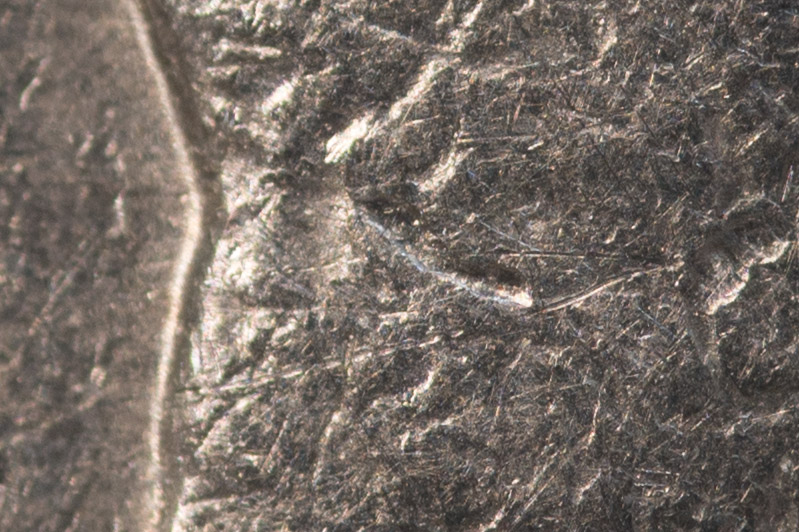
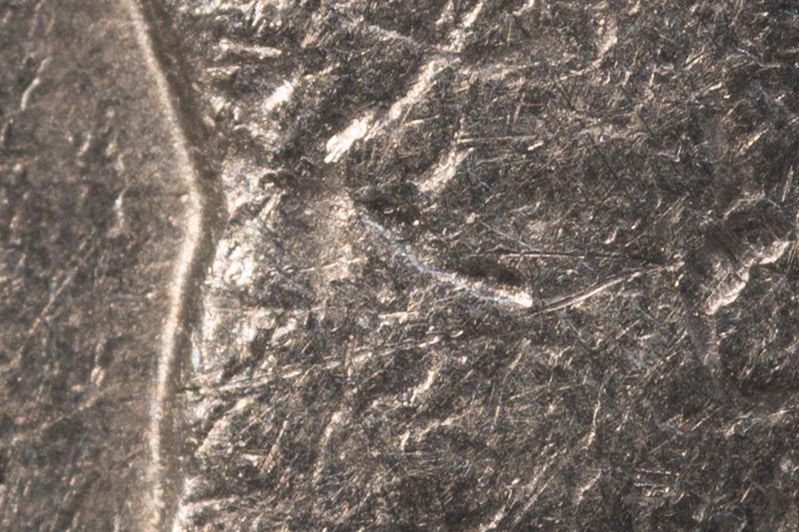
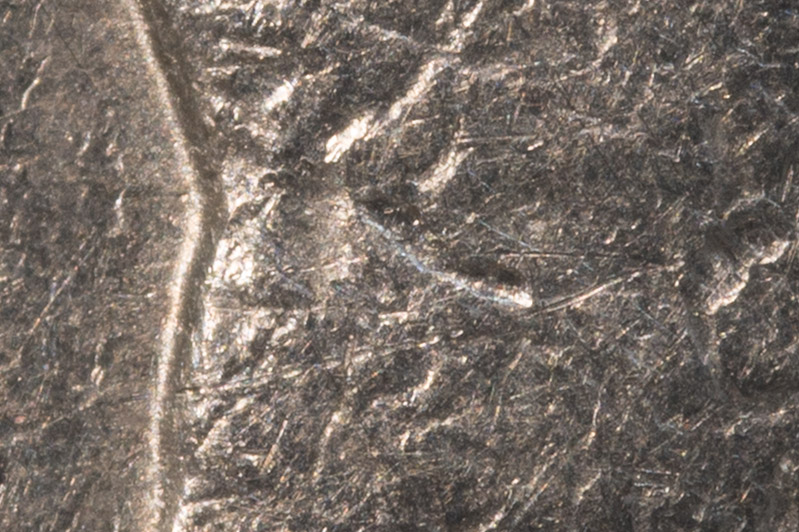
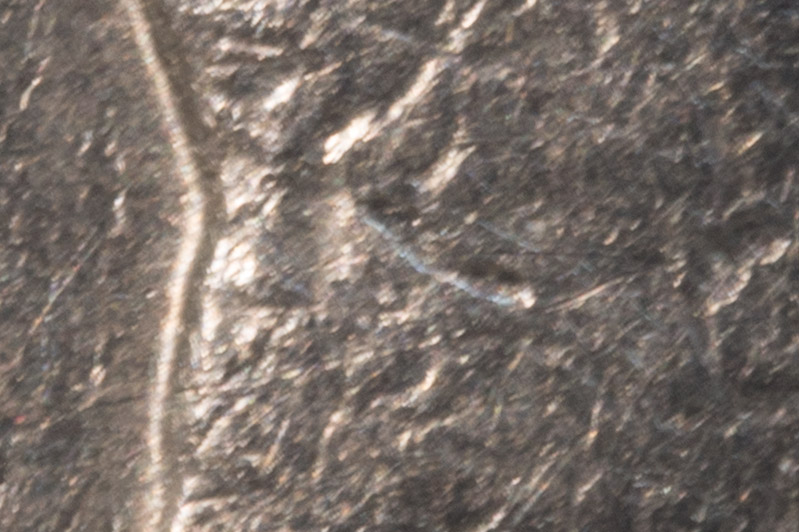
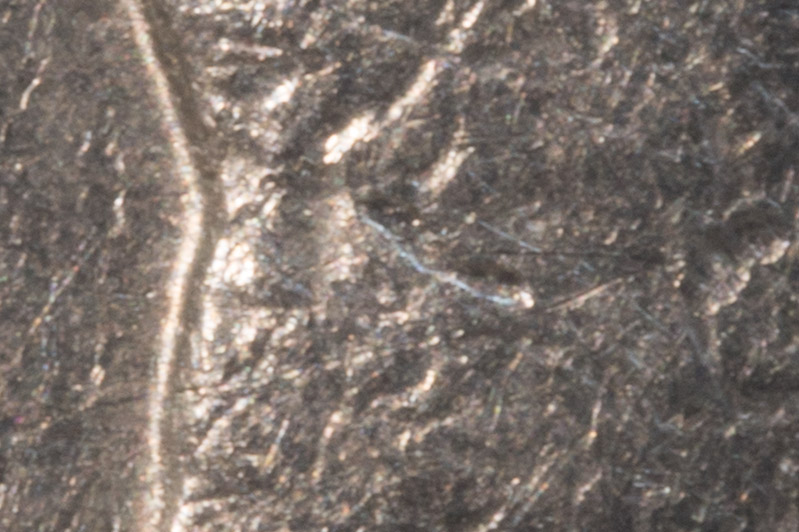
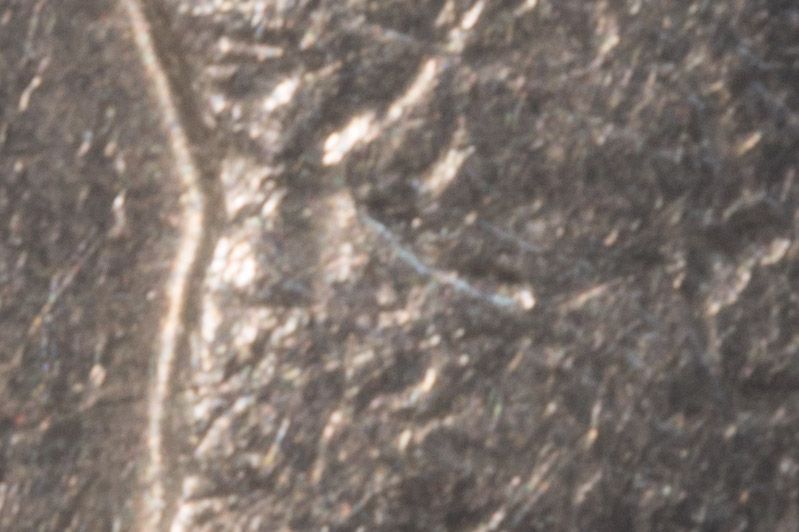
The results from the coin shots confirm the Dollar bill results, but these shots show the differences much clearer. In the coin test, you can see how shallow the depth of field is with a 2:1 magnification at f/2.8, as the man’s relief on the coin, where the focus was set to, is sharp at f/2.8, while the man’s background on the coin’s surface that is only a fraction of millimeter lower than the man is out of focus. The sharpness results at minimum focusing distance:
At f/2.8 the sharpness is extremely good but improves to outstanding at f/4 and to perfect at f/5.6, which seems to be the peak performance of the lens. At f/8 it is almost as good but at this magnification, the diffraction effect hits the sharpness at wider apertures than normal and here we see the effect already at f/8. From there the sharpness deteriorates for each stop and at f/22 it looks worse.
An excellent result for such a lens. We can see that this lens is optimized for macro distances. Look at the following rosebud image and then the 100% crop to see details revealed at 2x magnification.
I had actually not noticed those little guys before I looked at the images on my computer, so I did not focus on any of those guys, otherwise, they (or at least one of them) would be much sharper. That is amazing.
Lens Distortion
Normally short telephoto lenses have the best distortion correction and this one is not an exception. This TTA lens has negligible pincushion distortion, so small that I wouldn’t bother to correct it even in architecture photography.
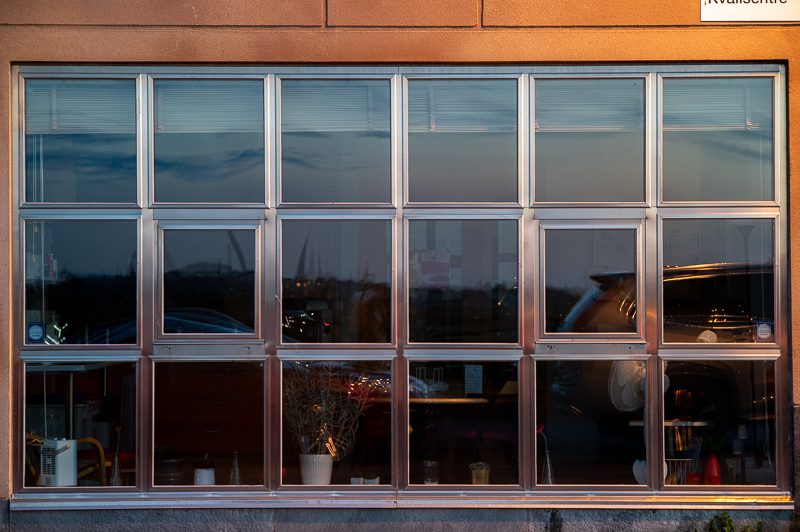
Vignetting
This TTArtisan performs very well in this test with very low vignetting. Only 2/3 EV light falloff at f/2.8 and f/4, which reduces to 1/3 EV at f/5.6 and smaller. Well no wonder, as tilt/shift lens it covers a much larger area than the 35mm sensor size.
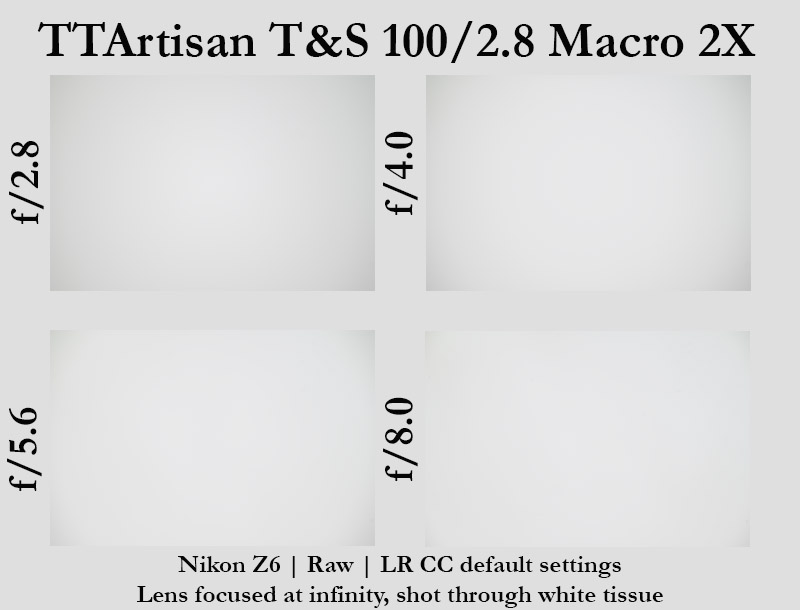
Flare Resistance
Well, there is none, I mean the flare resistance. If the sun comes into the frame or even outside the frame but close to the frame, then the Pandora box will be opened and all kinds of curses (flares) will be released upon the image; moderate to severe veiling flare, lens flares, and ghosts. Just try to avoid the sun at any cost!
Here are a few examples with the sun in different positions and degrees of concealing:
Focus Shift
Great performance here, no focus shift and no color fringing in out-of-focus areas, means no longitudinal chromatic aberration.
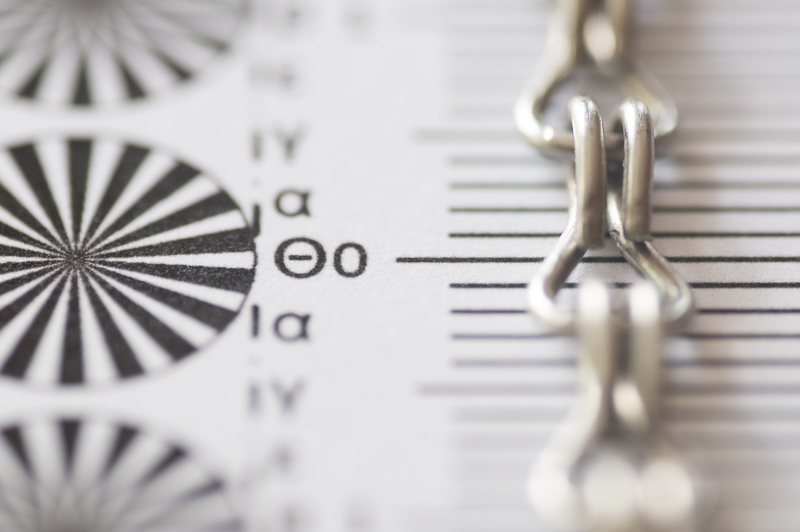
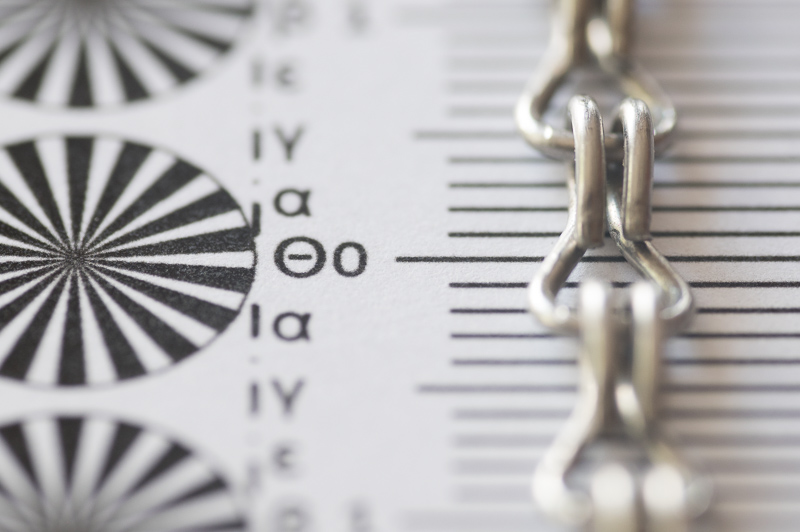
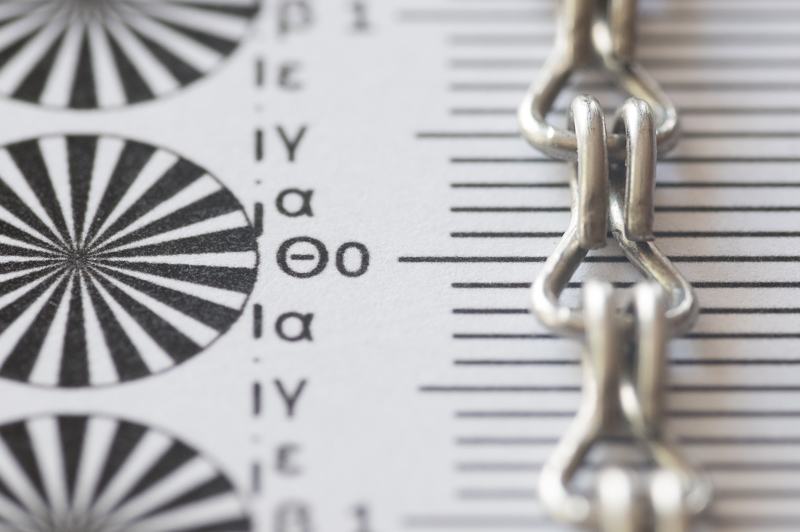
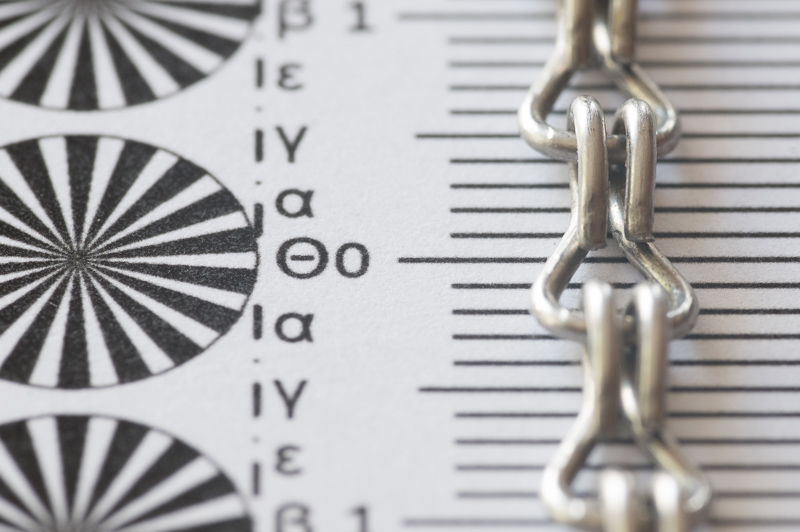
Chromatic Aberrations
The chromatic aberrations are surprisingly very well controlled. Normally macro lenses at this focal length suffer more or less from the longitudinal chromatic aberration but there are a couple of them that are free from that aberration or have a minimal amount of it, and this TTAratisan is one of them. Very good.
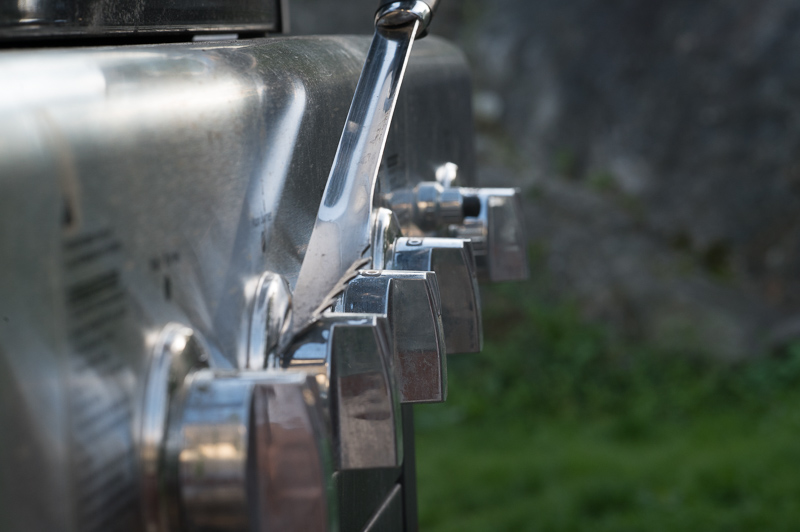
Coma
Coma’s correction is irrelevant to this lens and its applications. For consistency’s sake let’s have a look anyway. The lens suffers from a mild coma, which gets better by stopping down, at f/5.6 it’s almost gone and by f/8 it is completely gone.
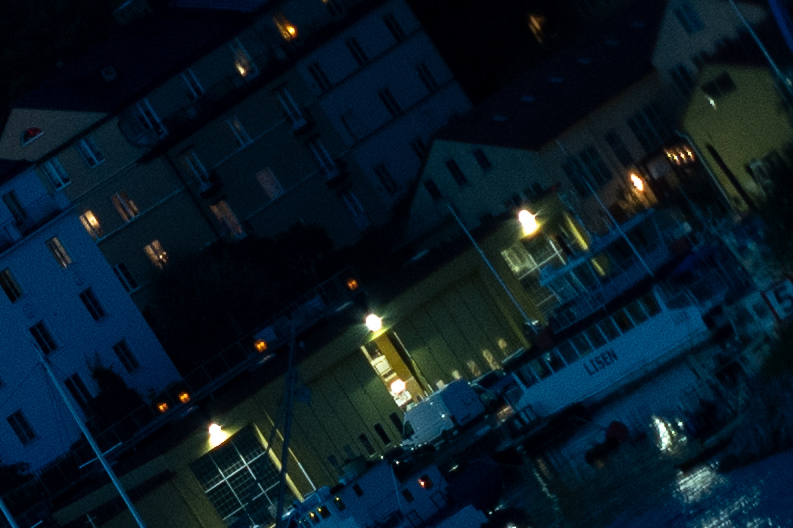
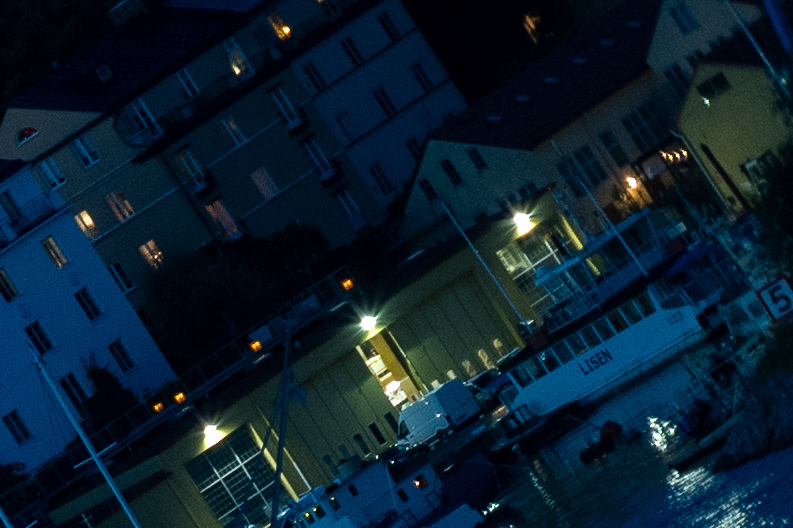
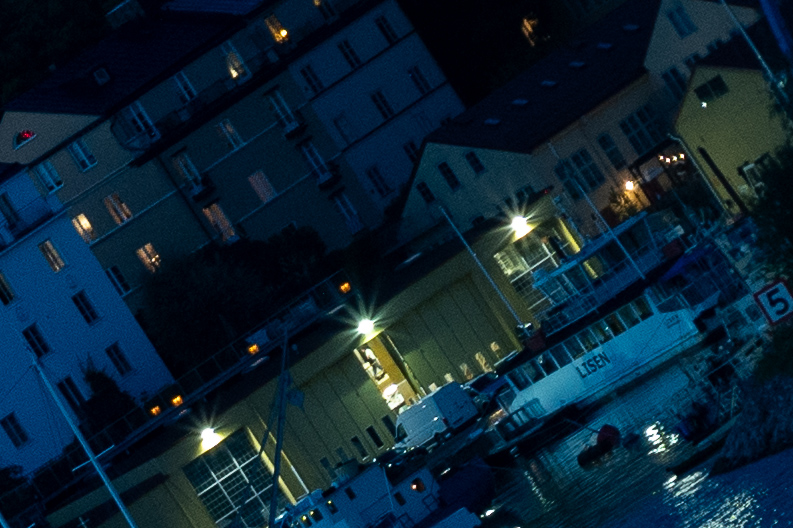
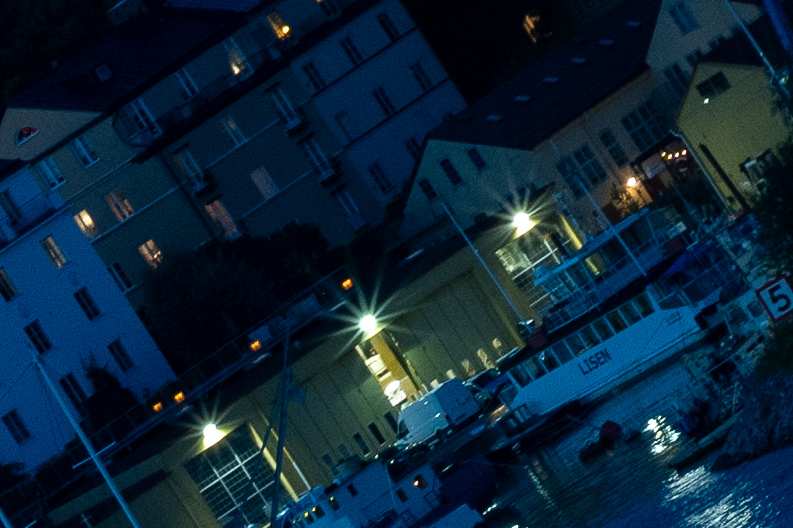
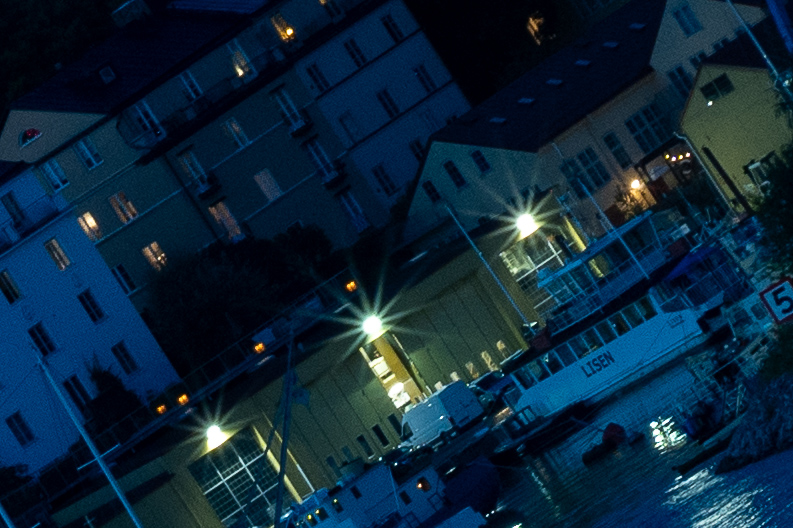
Sunstars
This lens has 12 aperture blades so huge sunstars can not be expected but the blades are relatively well aligned. This means we can get some starburst but they are small and not very distinct. As you can see in the reference image, there are hardly any sunstars visible but if zoom to about 100% crop (the yellow frame) you can see some very small ones. For the sunstar from the sun, have a look at the Flare Resistance section, where a few sample images with sunstars are included.
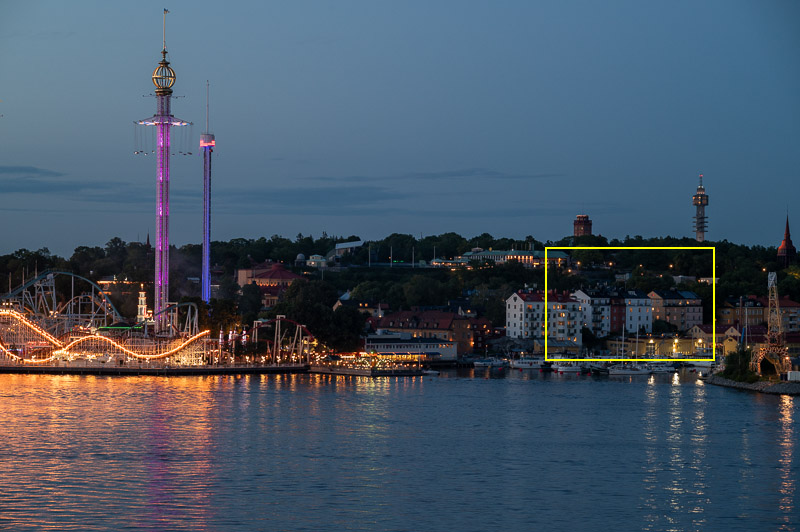
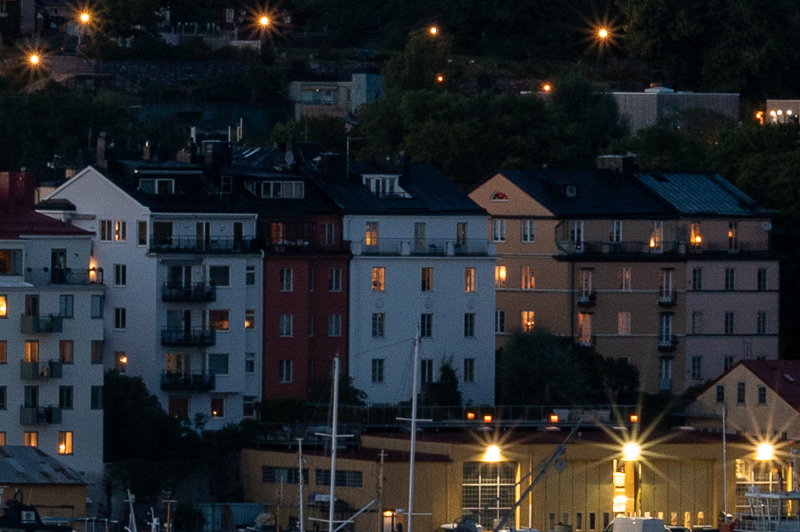
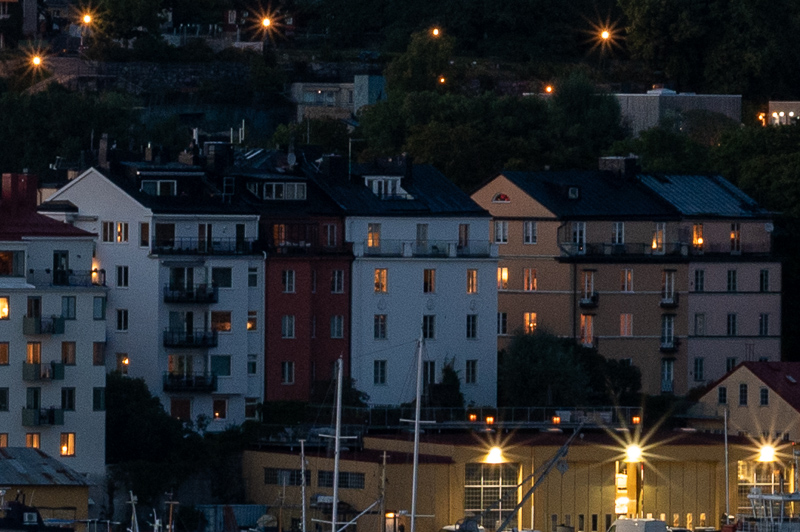
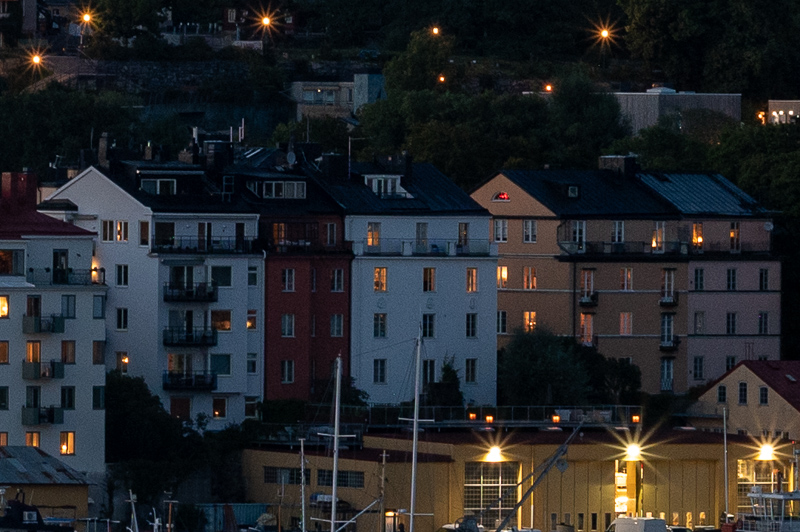
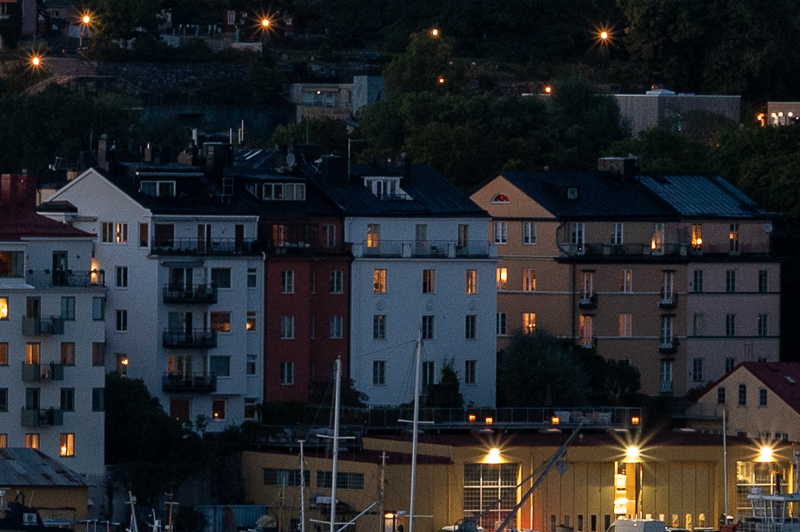
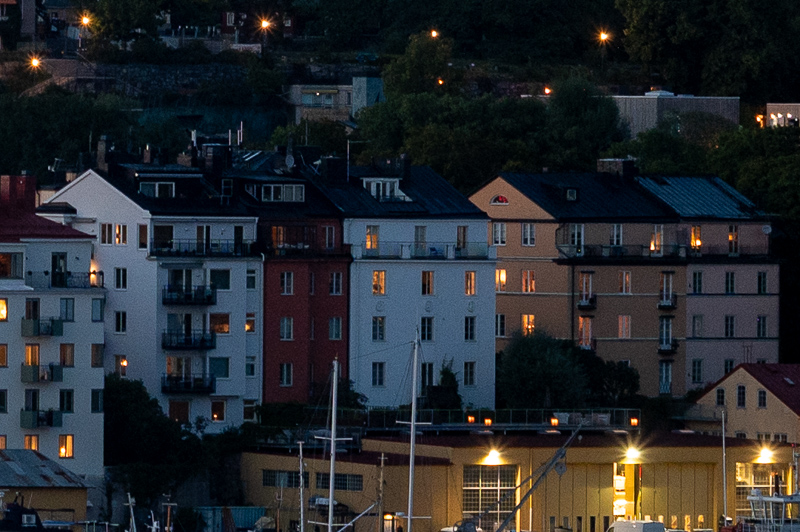
Focus Breathing
This TTArtisan, like all macro lenses, suffers from focus breathing, and being a 2:1 macro it suffers particularly a lot.
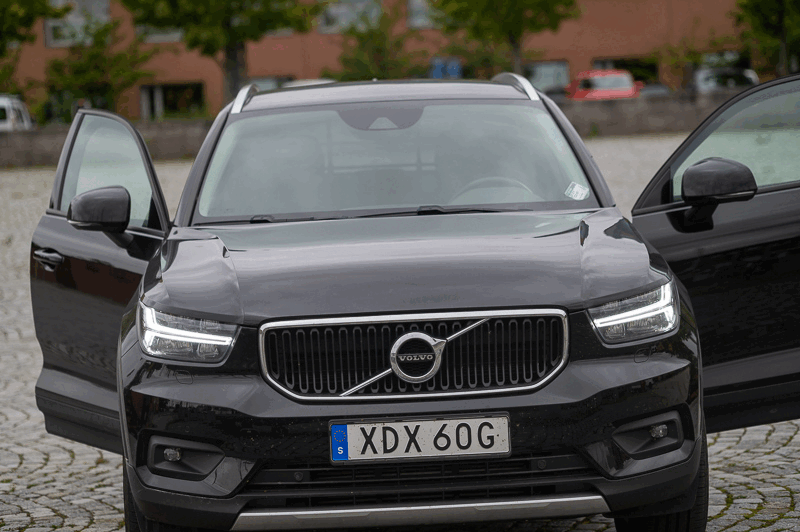
Bokeh
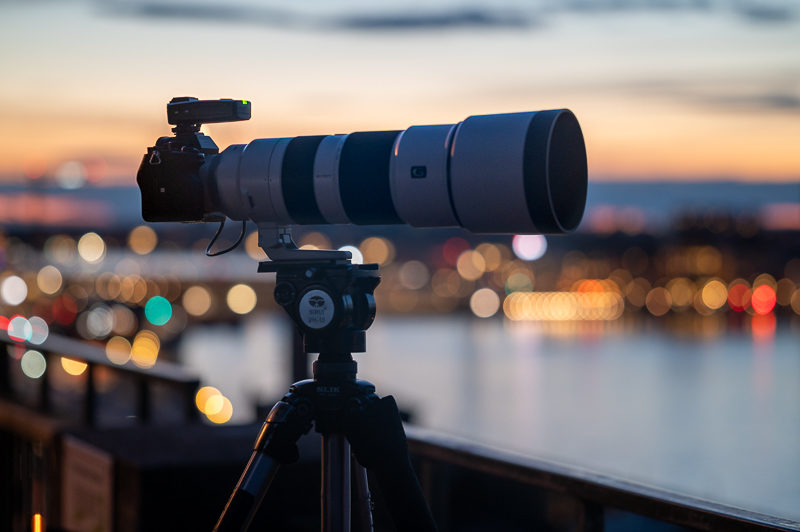
With this lens, there are absolutely no problems with getting soft and creamy bokeh. Extraordinary minimum focusing distance, very low coma, almost no chromatic aberration, and 12 aperture blades, all contribute to a soft bokeh even at smaller apertures.
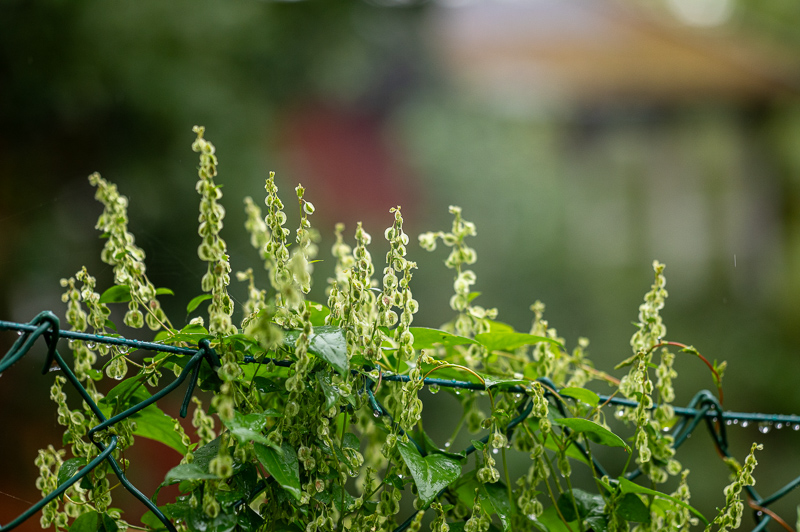
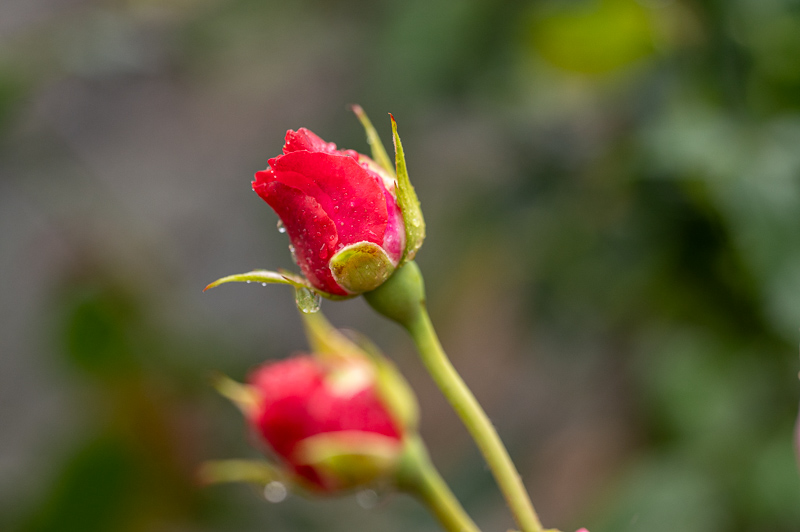
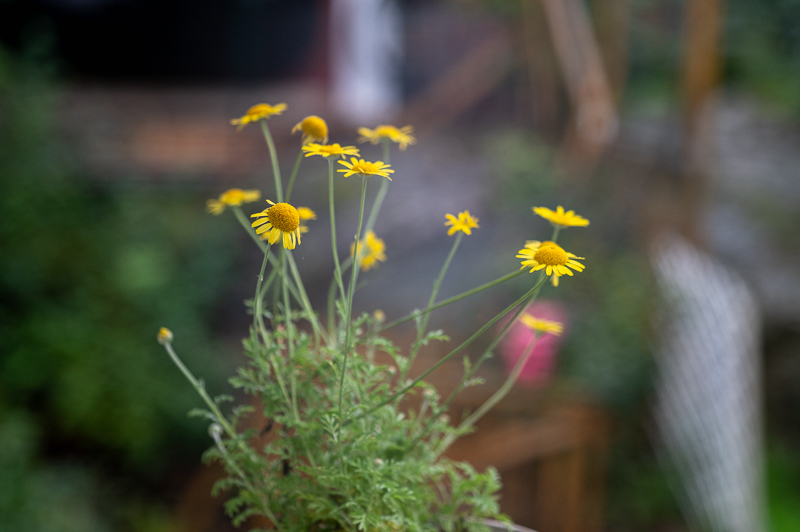
Even at medium to long distances the bokeh is soft.
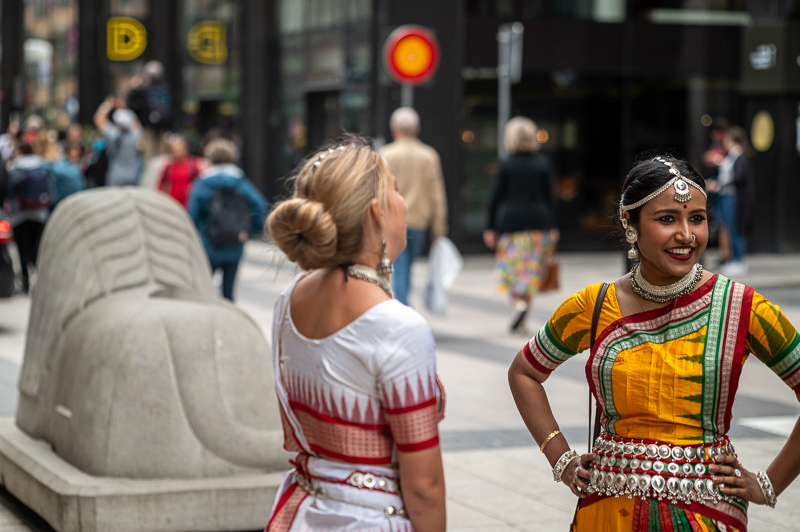


The 12 rounded aperture blades contribute a lot to the softness of the bokeh when you take pictures stopped down. In the following images you can see that the bokeh balls are round even in the corners (no optical vignetting) and they keep their shape beautifully even at very small apertures.
Conclusion
| I LIKE | AVERAGE | I DON’T LIKE |
| 2:1 magnification Sharpness Bokeh Price Distortion control Vignetting control CA |
Tilt/Shift feature | Handling Flare resistance Lack of lens hood Only 90° rotation |
It was so fun using and testing this lens, it took the longest time to review than any other lens I have reviewed because of the many applications it can be used for and not least for all the product images. This is a very sharp lens with tremendous macro capabilities that also have tilt & shift functionalities, useful in several applications. Philosophically put, I think this lens is more a good generalist tool for an idealist than a specialist tool for a perfectionist. For the latter group, there are more specialized options. As a macro lens, it is great optically with remarkable 2:1 magnification and fantastic sharpness, it is even excellent for portraits with very nice bokeh, no distortion or vignetting, but the handling is not so good. If you want a pure macro lens, there are other 2:1 lenses with better handling, for portraits as well. It has tilt and shift functions but, the effect is not close to shorter lenses and not even as good as dedicated T/S lenses about the same focal length. But every single one of those better lenses is way more expensive (2 to 4 times more expensive). The real strength and winning concept of the TTAartisan T&S 100/2.8 macro 2:1 is the combination of them all; both a sharp 2:1 macro, tilt/shift functions, and a short telephoto lens with great bokeh in a package at a very attractive price point. The tilt functionality can be very useful for some macro applications and product photography, particularly if focus stacking is impossible or not desired.
If architectural or product photography is not your main thing and would like to experiment and do some tilt/shift photography when you feel for it, and macro photography at 2x does not take a big place in your photography but you like to do it sometimes and when you do you must have top quality pictures, and at the same time you want also to use the same lens for portrait and beautiful bokeh creation, then this lens is for you. Get this lens and you will have a lot of things in one very versatile lens. This super sharp and affordable lens is truly “A jack of all trades, master of none, but oftentimes better than a master of one.”
If you are interested in buying this lens or any of the lenses in the Alternatives section you can support our efforts by using the links below or given under each lens. It won’t cost you a penny and it won’t affect the price but helps us a little. You can buy this lens from the manufacturer’s online shop via this link and get a discount.
Buy new: TTArtisan, $389 (Affiliate links)
Buy new: amazon.com, amazon.de, amazon.co.uk, amazon.fr, amazon.com.au for $419 (Affiliate links)
Alternatives
Tilt&Shift
Nikon PC and the newer PC-E 85mm f/2.8 D
Nikon’s short telephoto Tilt/shift lenses. The difference between PC and PC-E is that on PC you have to set the aperture manually (like on the TTArtisan), and you have to also meter the light stopped down. On the the newer PC-E you meter the light like any other modern lens and you can control the aperture from the camera. They are about 4 cm shorter and 220g lighter than TTAartisan and can do Shift: ± 11.5 mm and Tilt: ± 8.5º, but the magnification is only 1:2 (0.5x) and the price for the PC-E is 5 times higher.
Buy used: amazon.com, amazon.de, amazon.co.uk, amazon.com.au ~ $1976 (Affiliate links)
Buy used: ebay.com, ebay.de, ebay.co.uk, ebay.com.au from $700 (Affiliate links)
Canon TS-E 90mm f/2.8, original and the newer L Macro version
These are two completely different lenses with different optical constructions. The newer L version is about twice as large as the older one. The older one has only 0.29x magnification but the new L version has, like Nikon PC-E, 0.5x magnification,
Canon TS-E 90mm f/2.8: Shift: ± 11.0mm and Tilt: ± 8.0°
Canon TS-E 90mm f/2.8L Macro: Shift: ± 12.0mm and Tilt: ± 10.0°
The original goes for about $1400 and the new TS-E is even more expensive than the Nikon, goes for about $2200
2x Macro Lenses
Laowa 90mm f/2.8 2x Ultra Macro APO
Completely manual as the TTArtisan, with very good optical qualities and sharpness. You can get it in Nikon Z, Sony FE, Canon RF, and L-mount.
Buy from: Manufacturer’s shop $499 (Affiliate link)
Buy new: Amazon.com, Amazon.de, amazon.co.uk, Amazon.fr for $ (Affiliate links)
Buy used: ebay.com, ebay.de, ebay.co.uk, ebay.fr, ebay.com.au (Affiliate links)
TTArtisan 100mm f/2.8 Macro T/S
This is the same lens as the one reviewed in this article but without the tilt/shift function, smaller and lighter, otherwise no difference. You can buy it with Nikon Z, Sony FE, Canon RF, L-mount, Fuji GFX, Nikon F, and Canon EF directly from the manufacturer’s online store or one of the other affiliate links.
Buy new: TTArtisan $389
amazon.com, amazon.de, amazon.co.uk, amazon.fr for $420-$460 (Affiliate links)
Buy used: ebay.com, ebay.de, ebay.co.uk, ebay.fr, ebay.com.au (Affiliate links)
Completely manual, with no AF, no camera-controlled aperture, and no EXIF data. Normally not a big issue for macro photographers. Double the magnification power 2x (2:1). Winner of the TIPA World Award 2020 for best macro lens. One of the sharpest macro lenses with the lowest LoCA and with 2x magnification power (2:1). You can buy it with Nikon Z, Sony FE, Canon RF, and L-mount directly from the manufacturer’s online store or one of the other affiliate links.
Buy new: Venus Optics, amazon.com, amazon.de, amazonco.uk, amazon.fr for $499 (Affiliate links)
Buy used: ebay.com, ebay.de, ebay.co.uk, ebay.fr, ebay.com.au (Affiliate links)
Laowa 85mm f/5.6 2x Ultra Macro APO
Completely manual, with no AF, no camera-controlled aperture, and no EXIF data. Normally not a big issue for macro photographers. Double the magnification power 2x (2:1). I included this one also because of its tiny size. With a size of only 53mm x 81mm, it is the smallest and lightest of all 2:1 lenses for full-frame cameras. It is two stops slower than all the other lenses, which is 4 times less light, It also means it is not a dual purpose lens like the others as f/5.6 is hardly an aperture most people use for portrait photography.
Buy new: Laowa Venus Optics, amazon.com, amazon.de, amazon.co.uk, amazon.fr for $499 (Affiliate links)
Buy used: ebay.com, ebay.de, ebay.co.uk, ebay.fr, ebay.com.au (Affiliate links)
More Sample Images
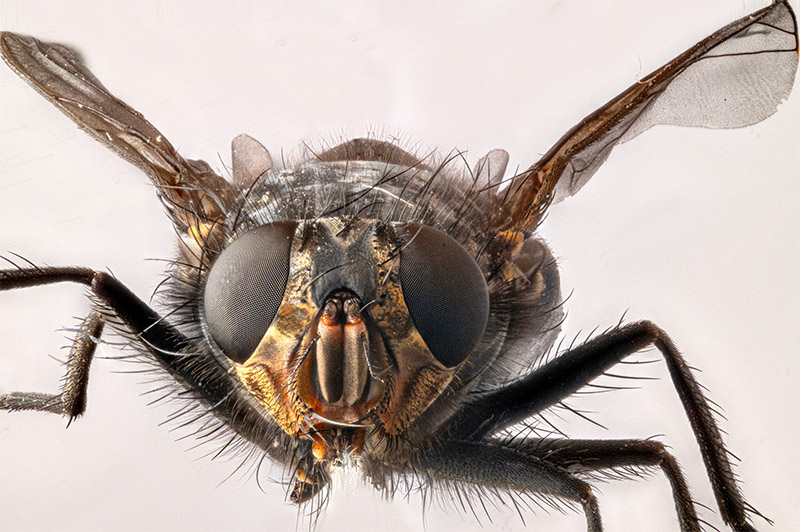
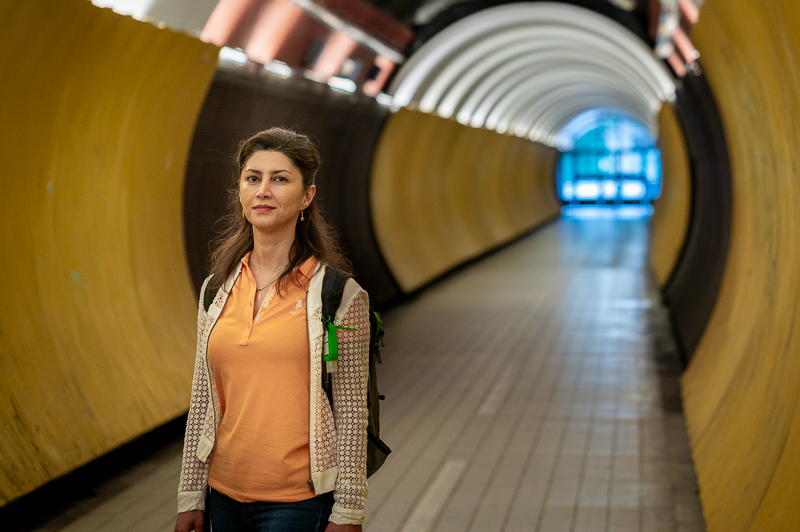
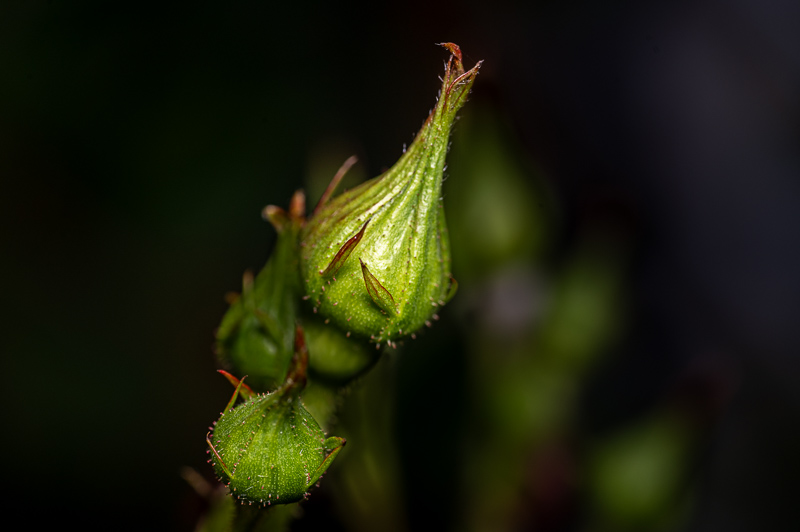
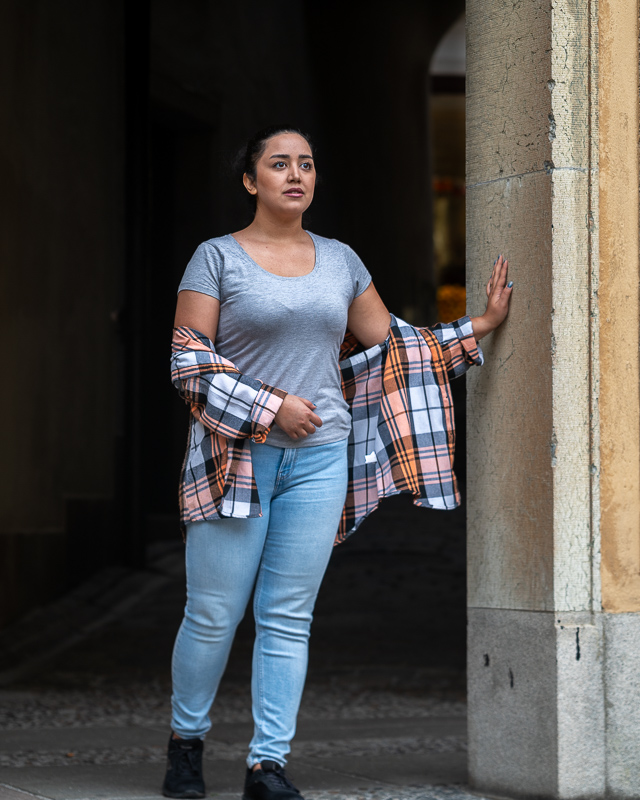
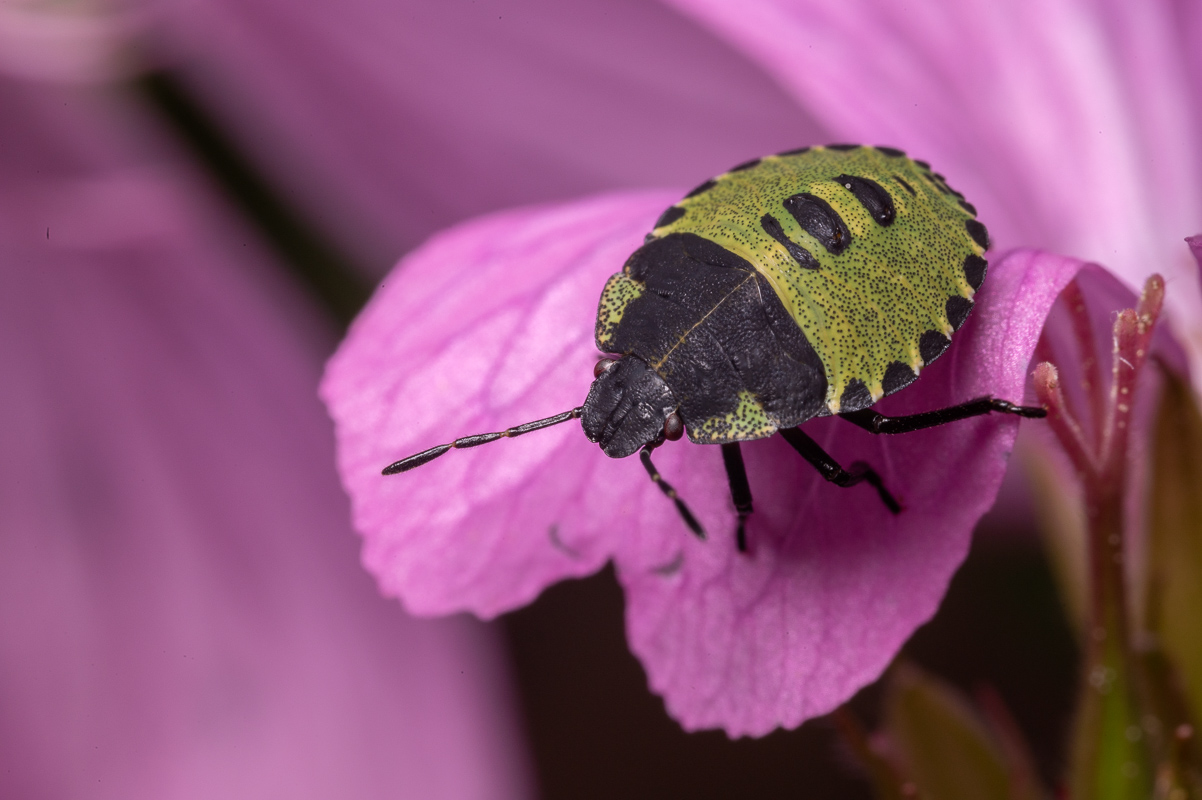
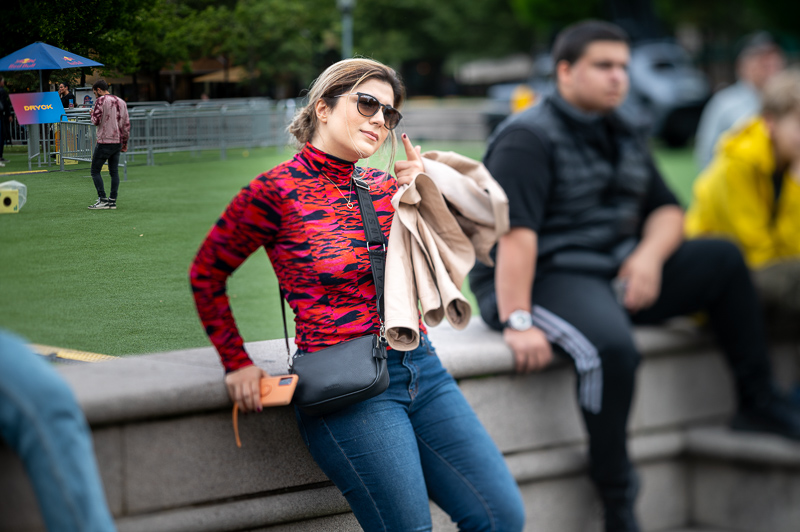
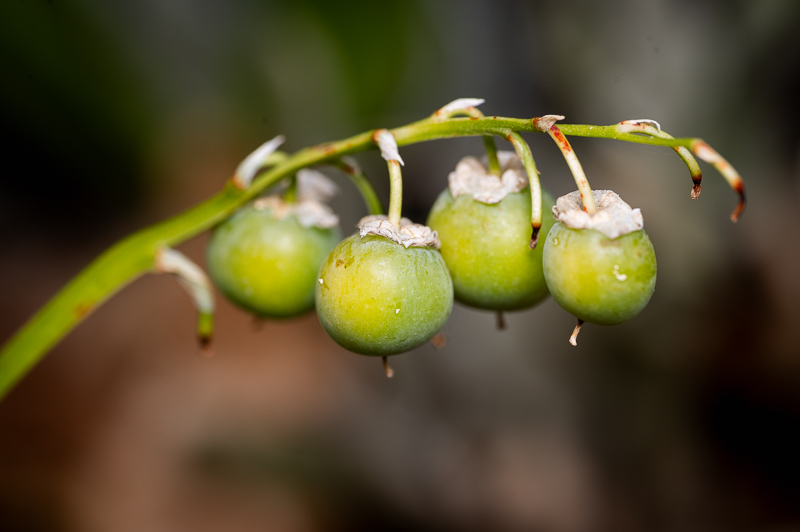
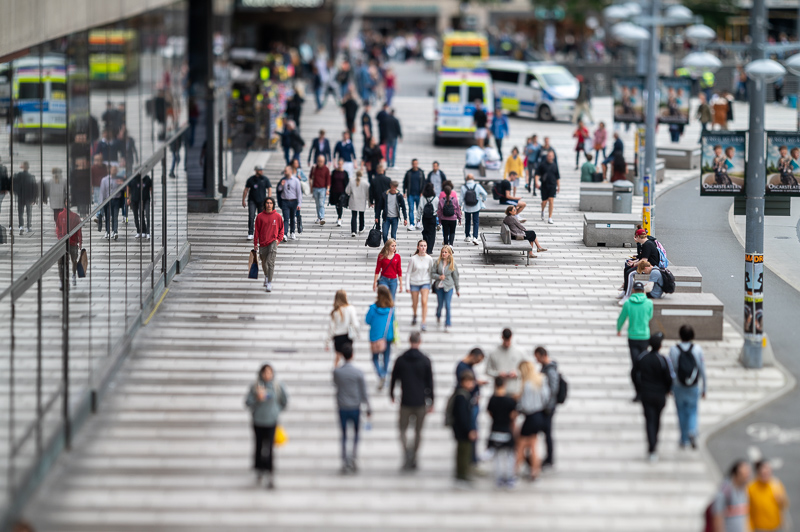
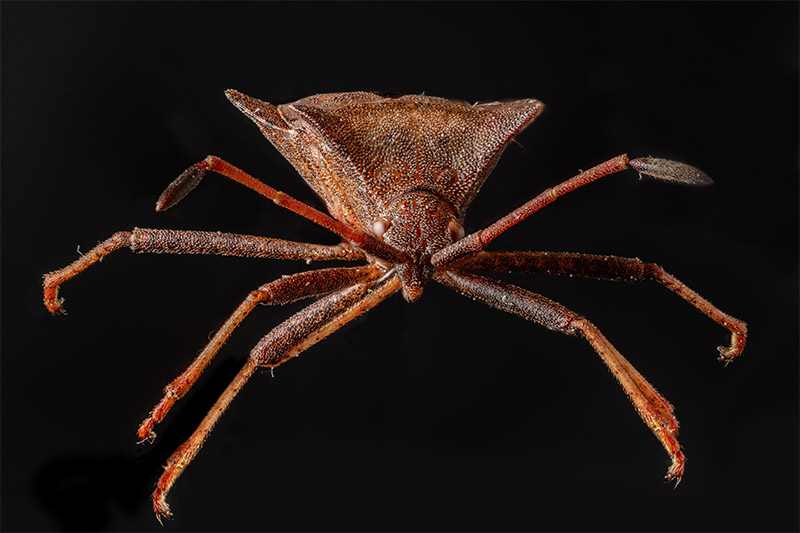
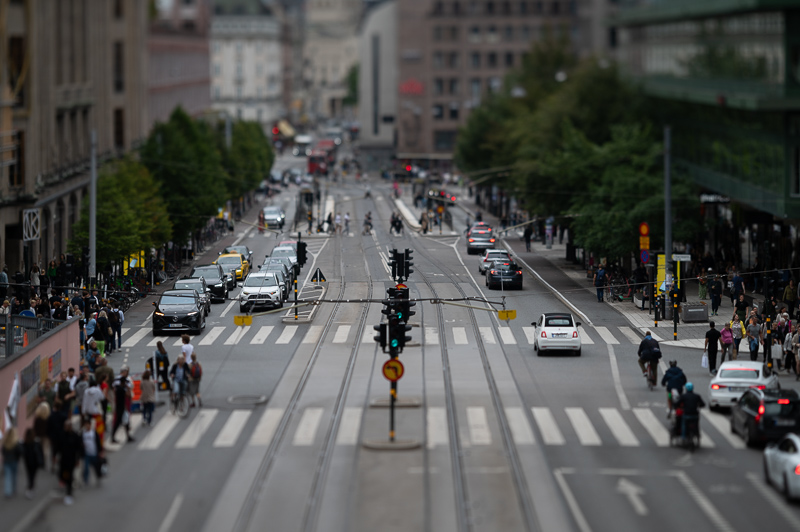
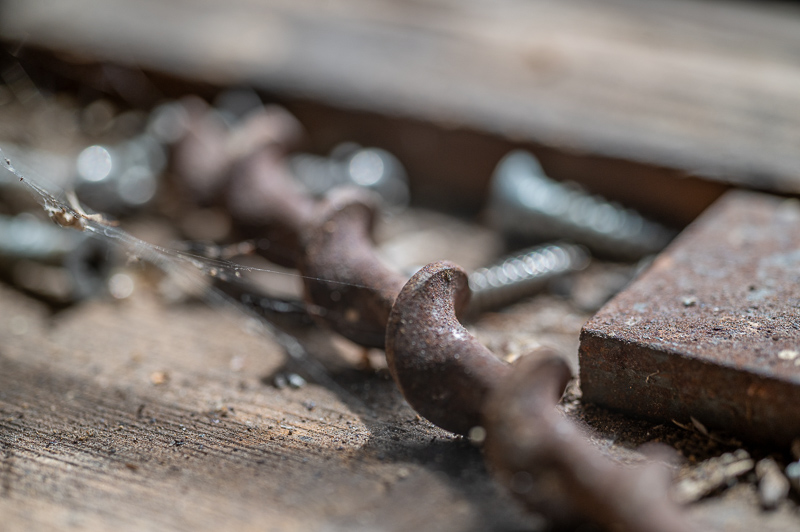
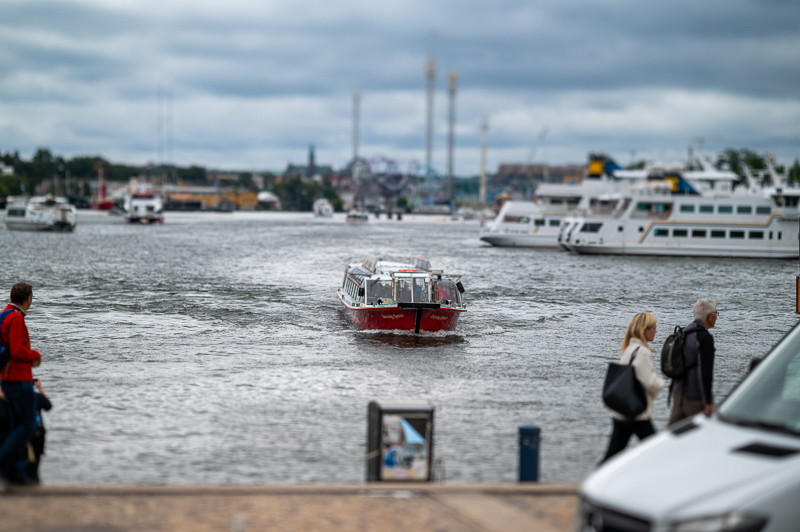
Most of the sample images in this review and many more can be found in higher resolution here.
Further Reading
- WORKING WITH TILT/SHIFT LENSES
- REVIEW: TTARTISAN 50MM 1.4 TILT
- LAOWA FFII 90MM F2.8 CA-DREAMER MACRO 2X: GETTING CLOSE!
- REVIEW: LAOWA 85MM 5.6 2:1 MACRO
- LAOWA 100MM F2.8 CA-DREAMER MACRO 2X: A REVIEW
Support Us
Did you find this article useful or just like reading it? Treat us to a coffee!
![]()

Donations via Paypal (or bank card)
This site contains affiliate links for which I may receive a small commission if you purchase via the links at no additional cost to you. This helps support the creation of future content.
Martin
Latest posts by Martin (see all)
- Nikon AF-S Nikkor 70-200 f/4G ED VR - April 23, 2025
- Review: TTArtisan 35mm T/2.1 – Dual-Bokeh Cine Lens - April 18, 2025
- REVIEW: Viltrox AF 50mm F/2 Air (FE) - April 2, 2025
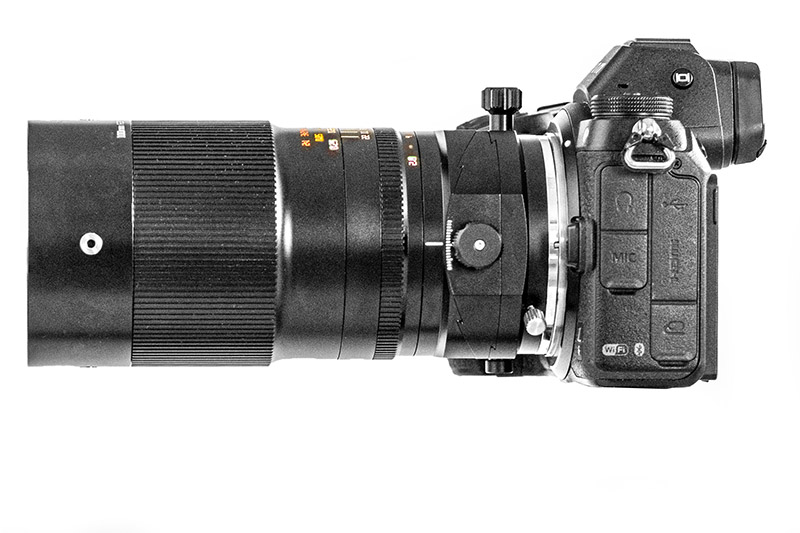
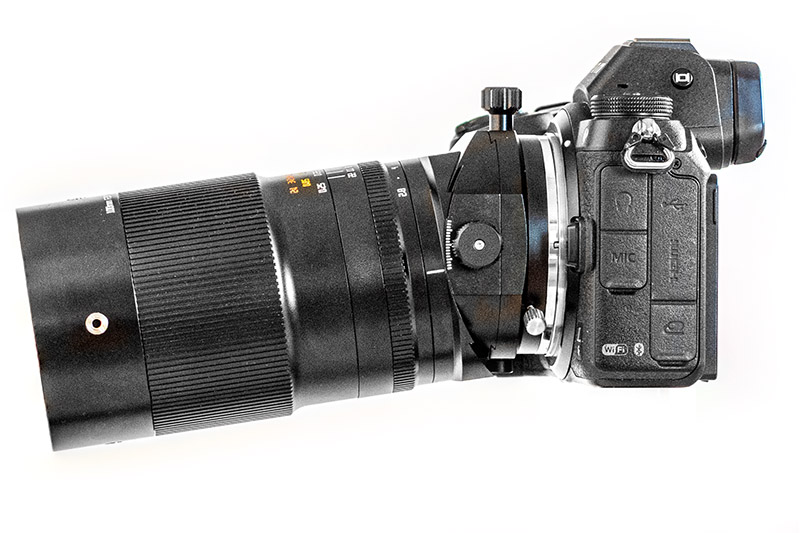
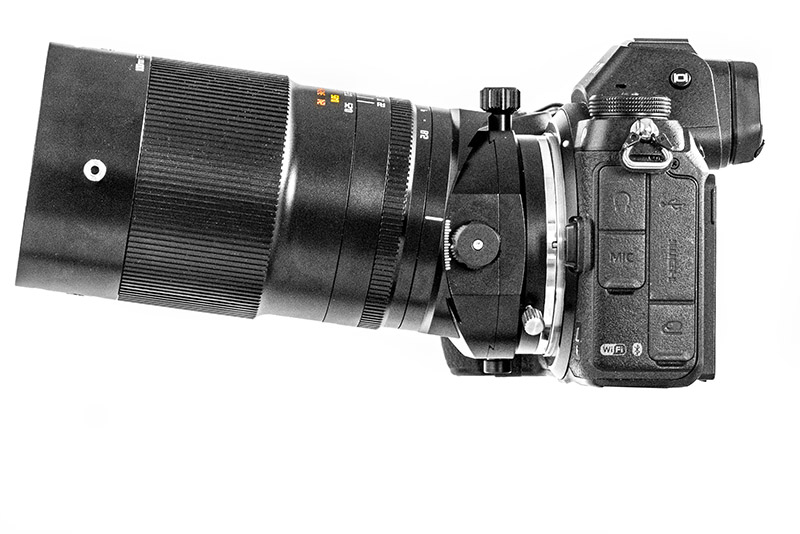
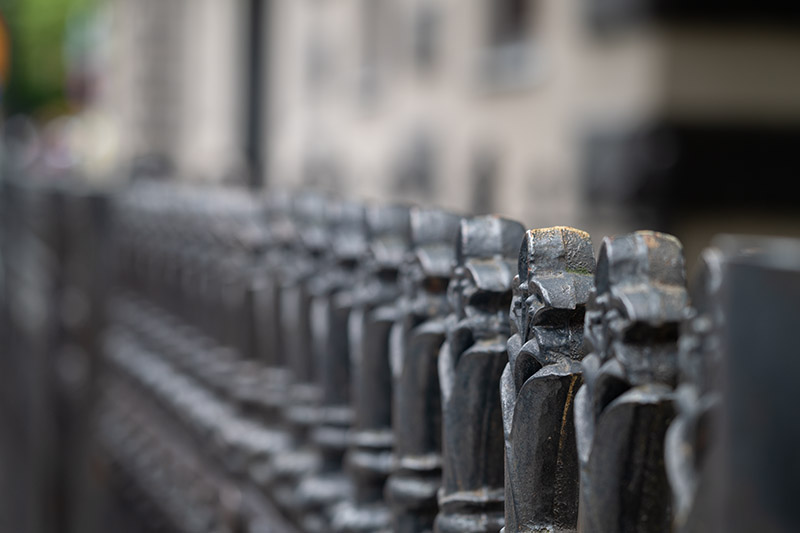
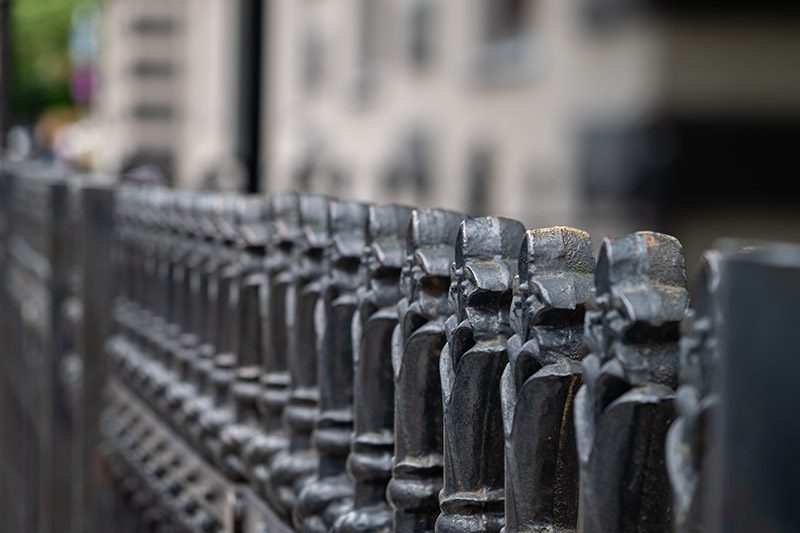
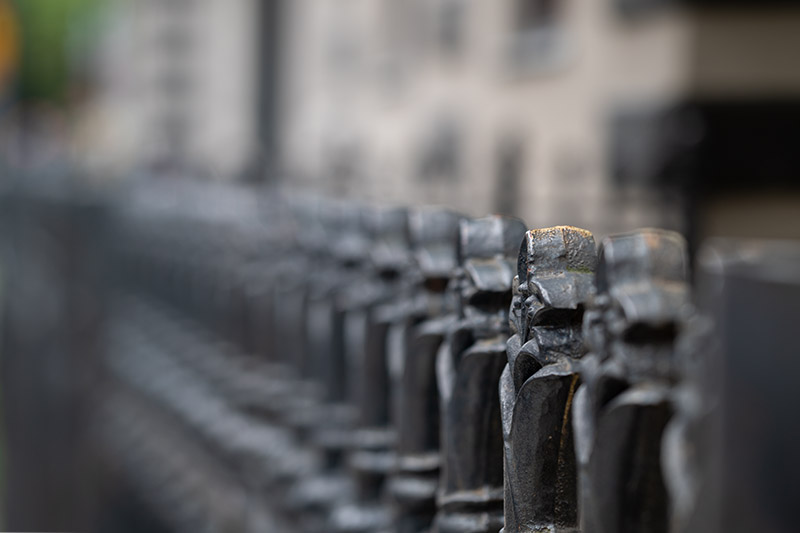
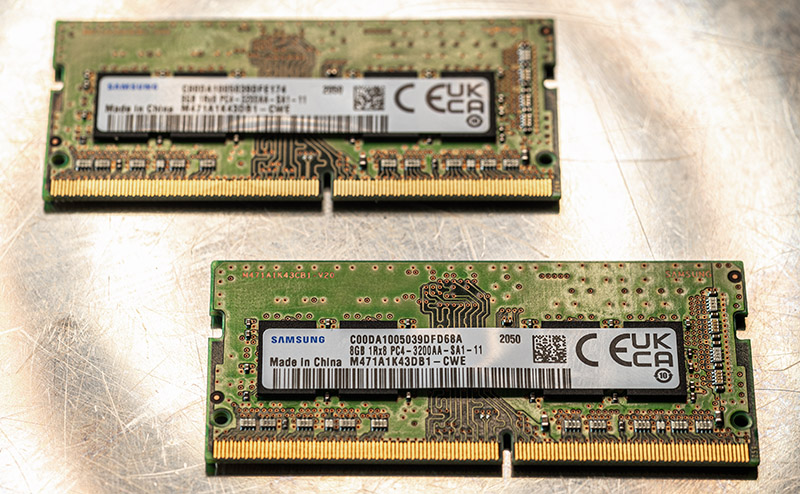
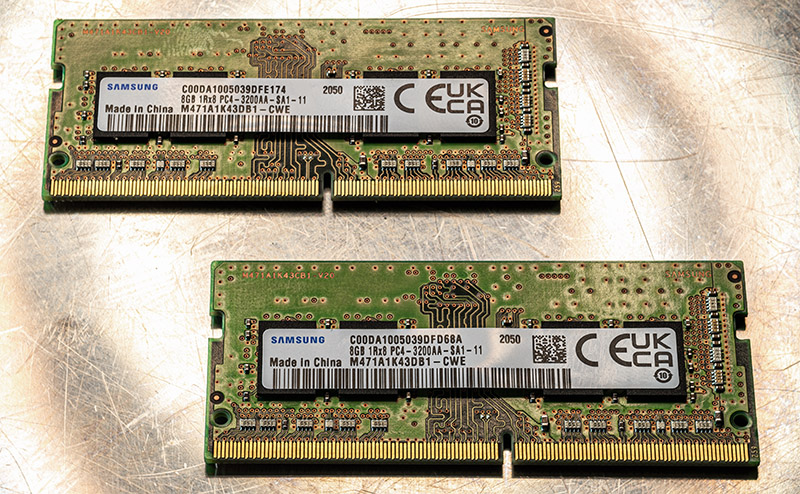
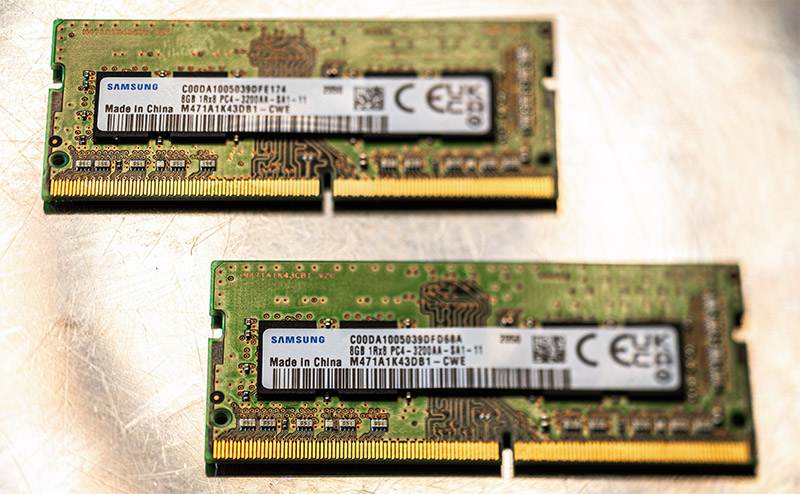
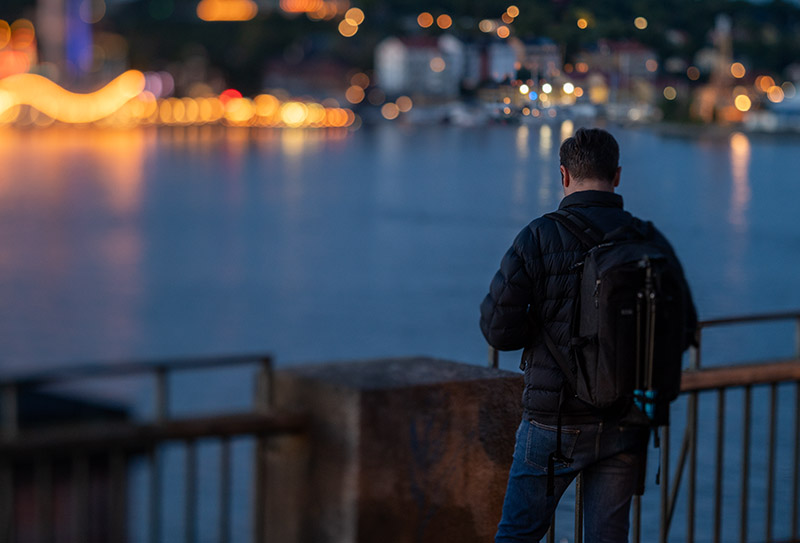
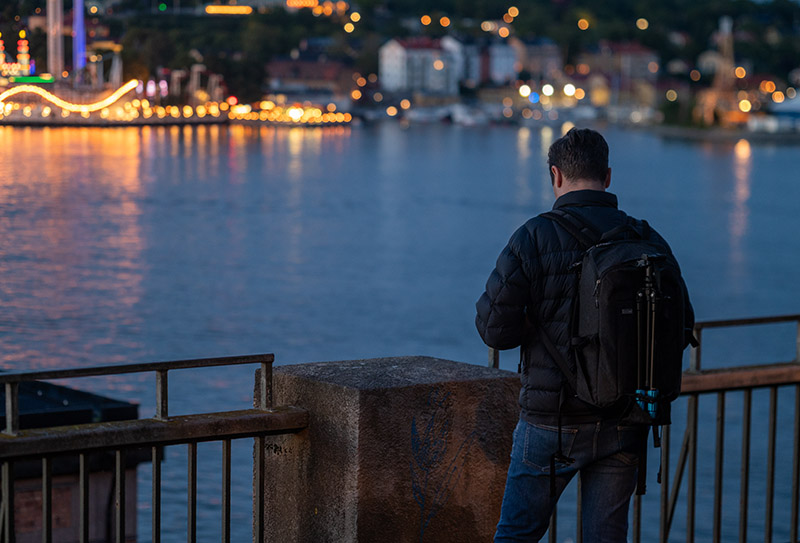
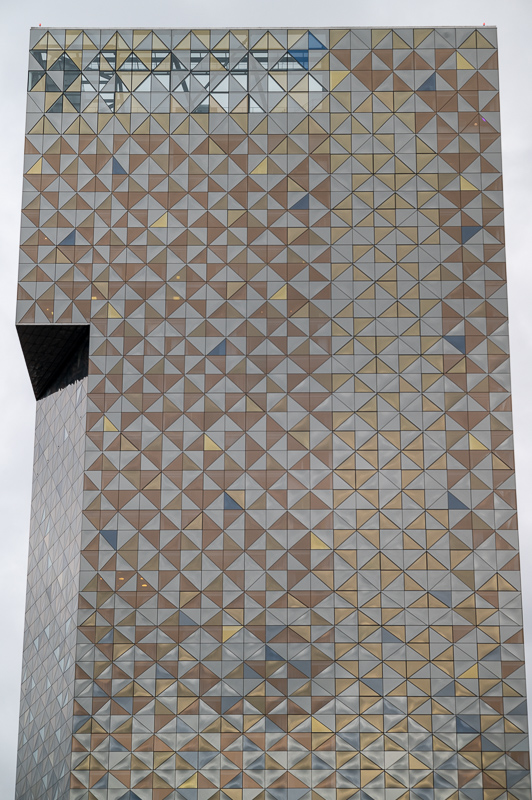
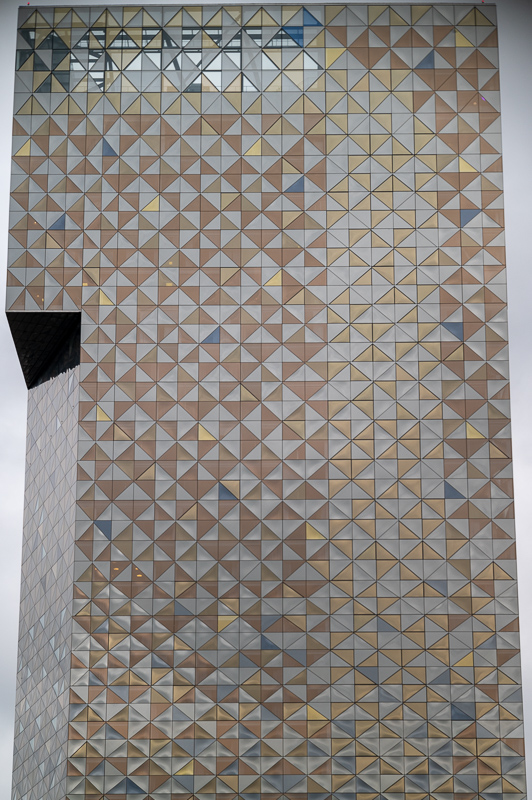
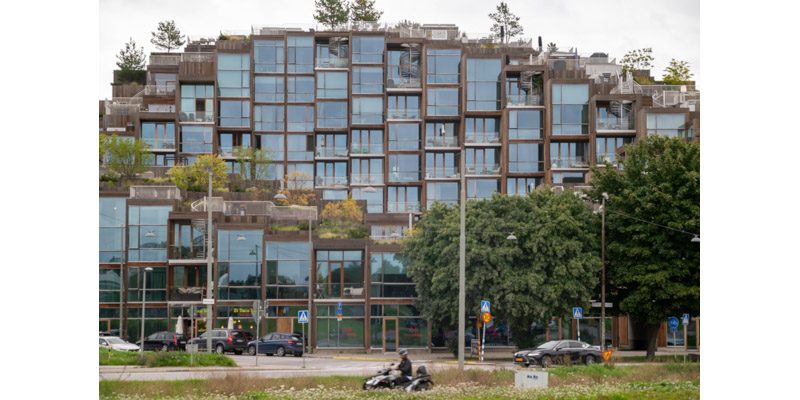
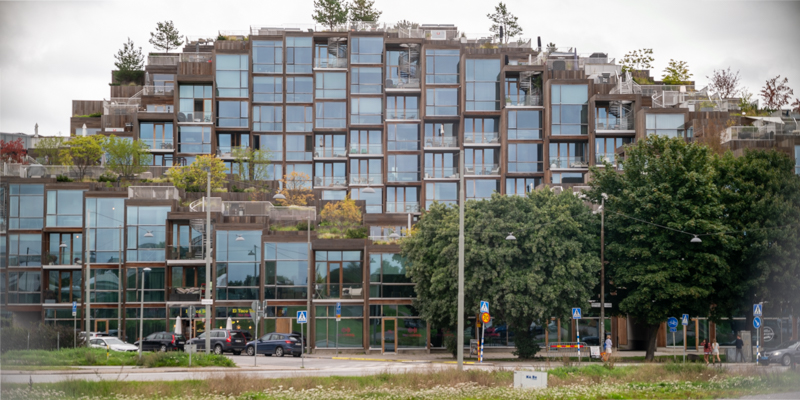
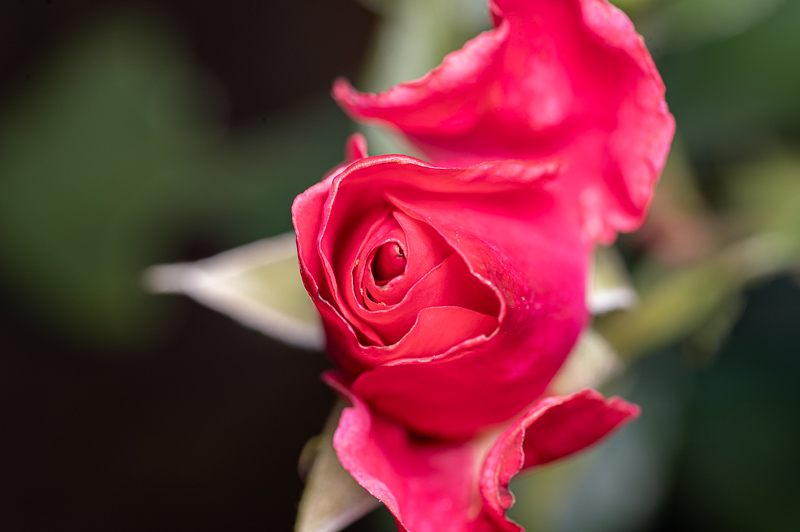
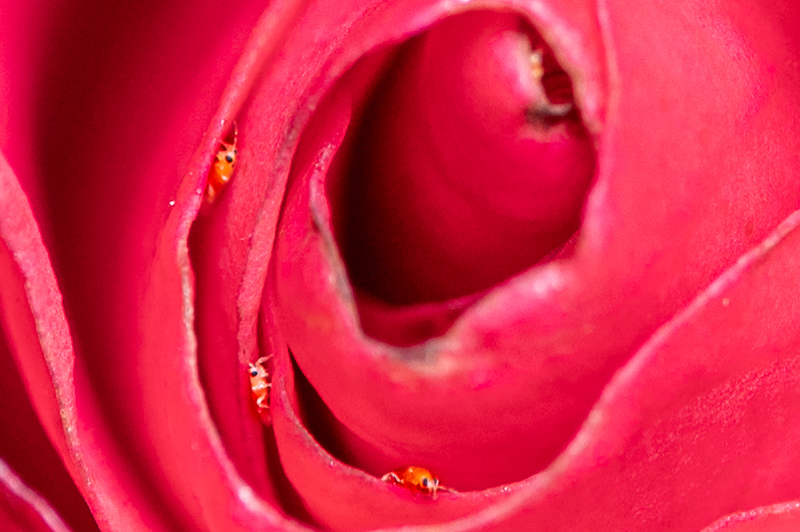
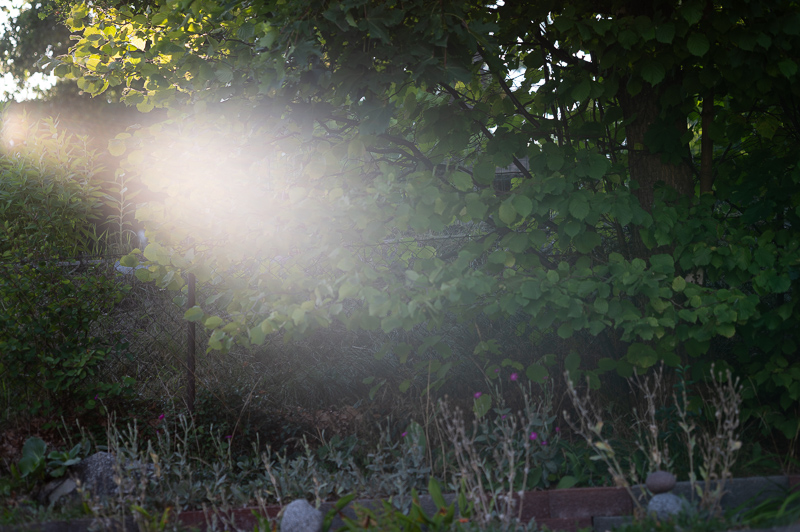
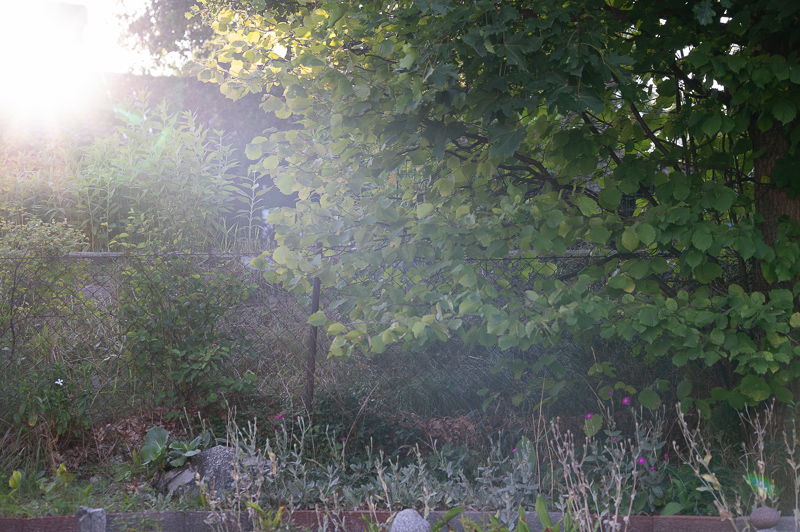
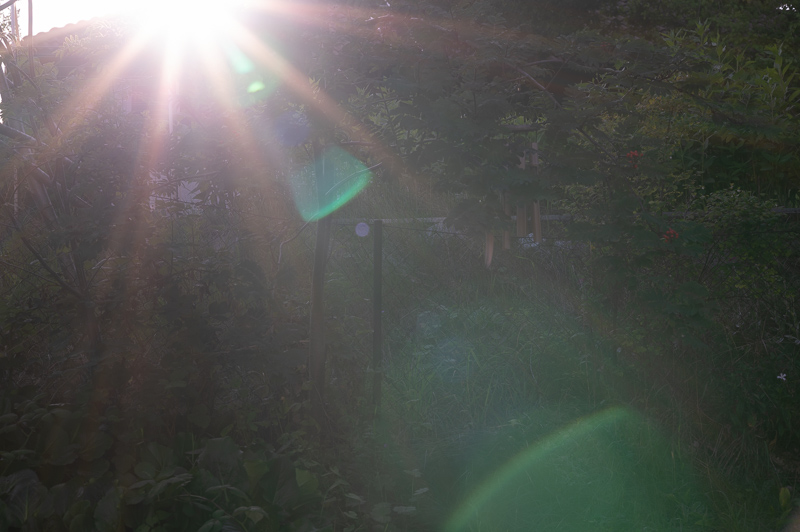
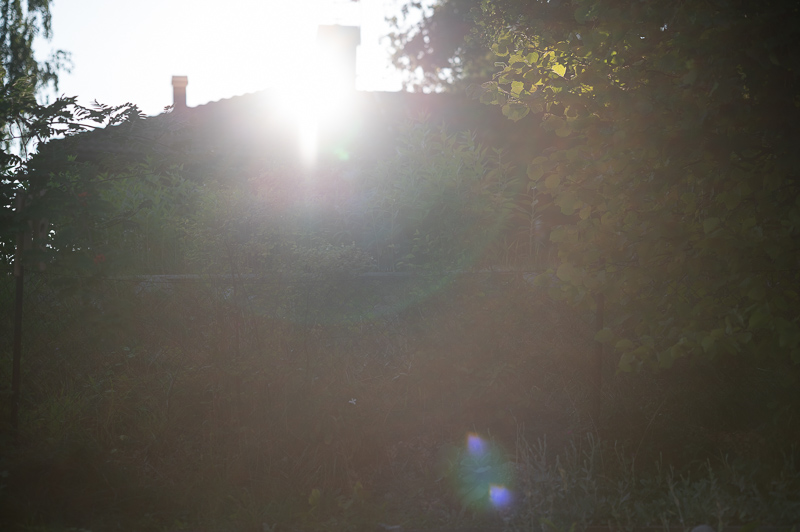
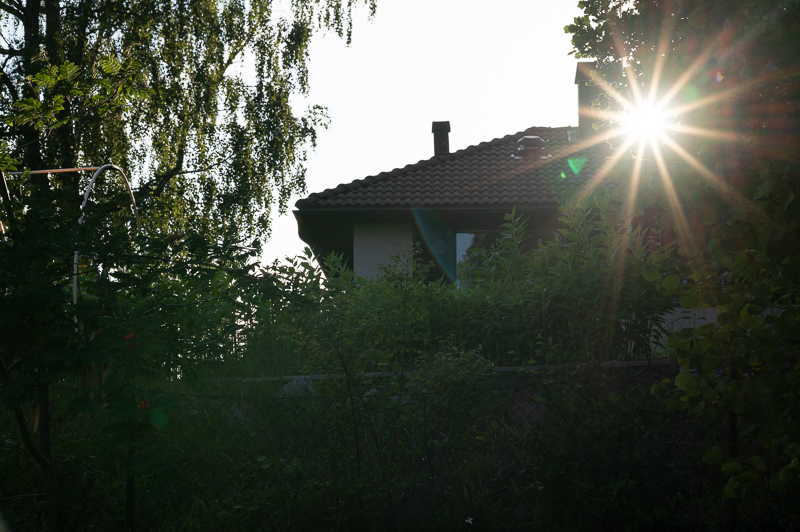
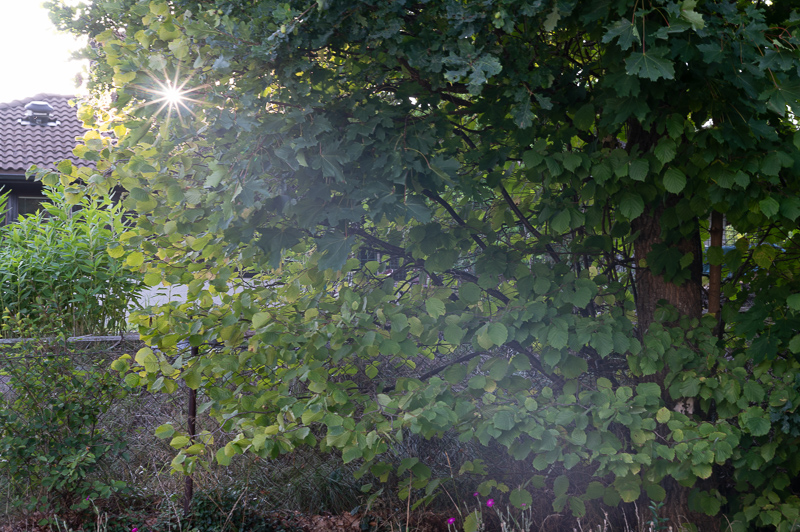
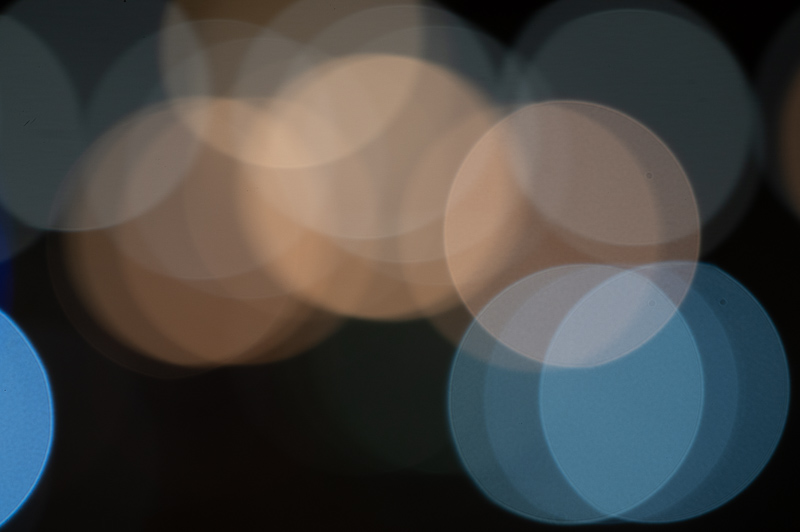
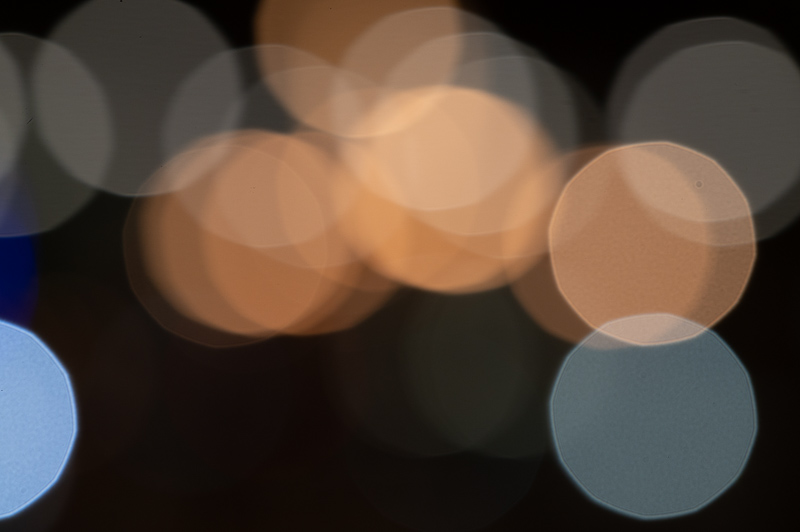
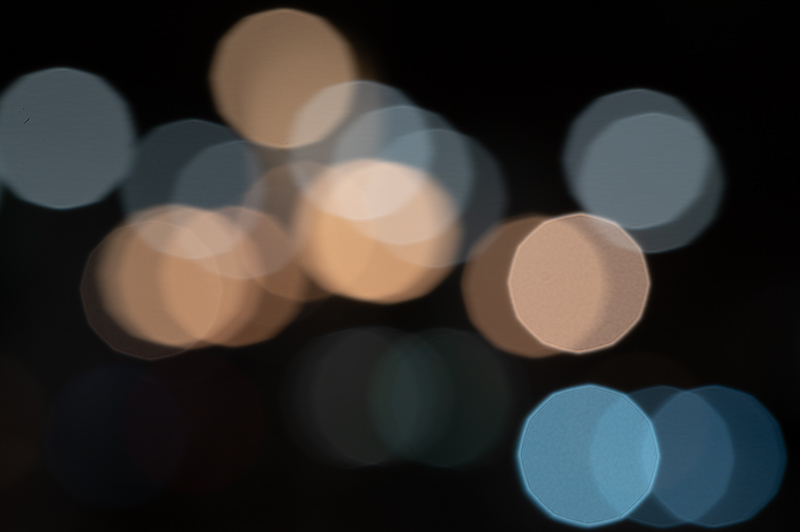
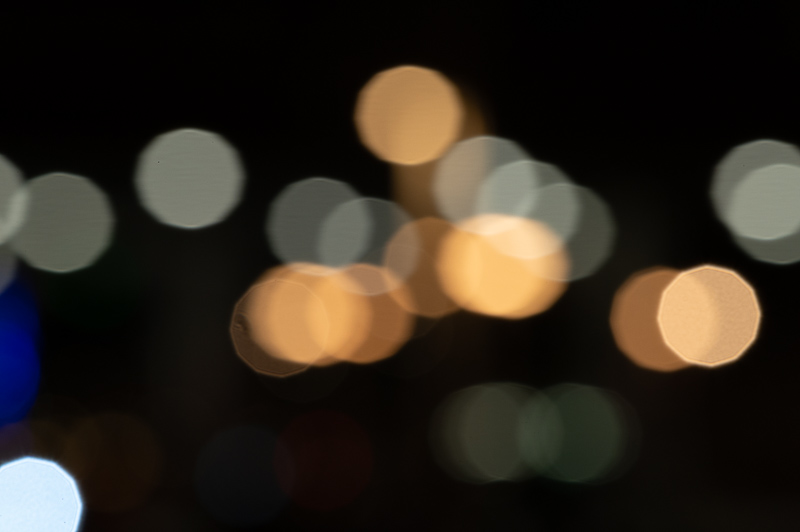
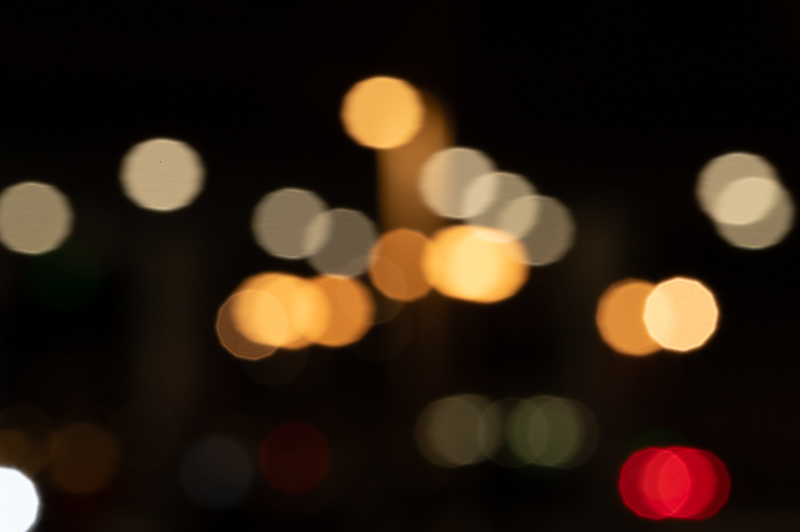
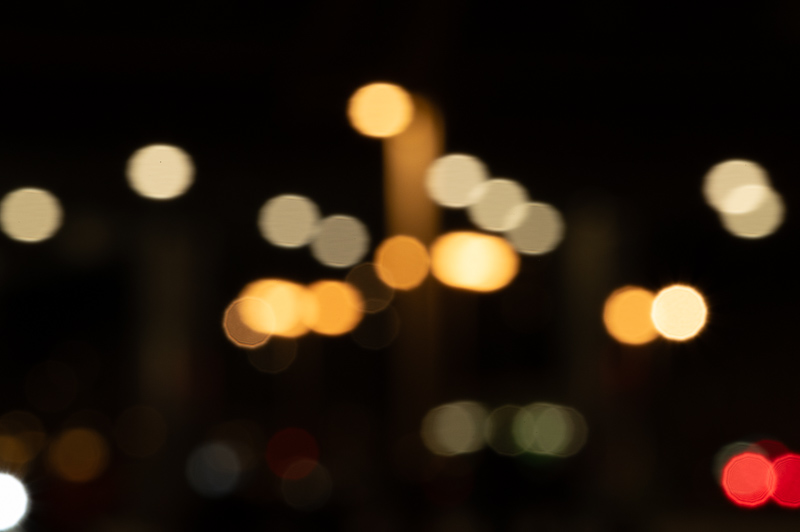
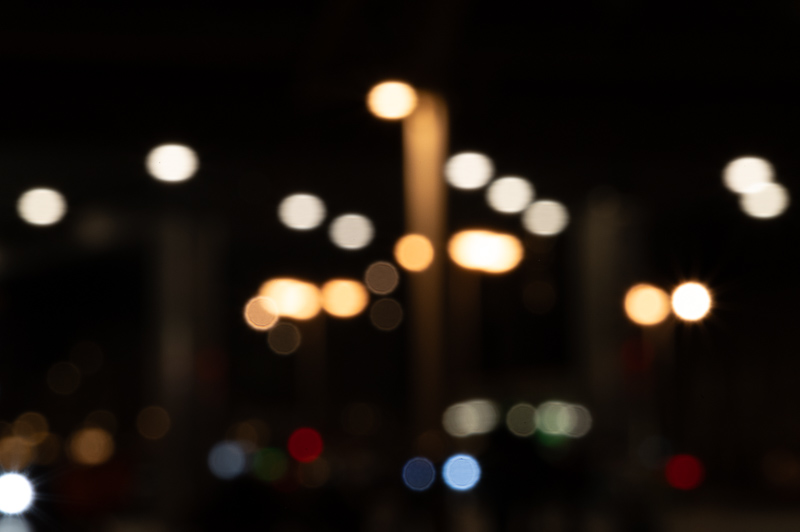
Great Review Martin,
thx for explaining the features of the lens.
Please note, that there is a technical failure with one of the sample pictures.
Another use of shifting is to get panoramas with minimal distortion and loss of pixels. Here is an example using the shift both to the left and right all the way:
alignment=”osc-tabs-left” responsive=”false”]
[/restabs]
Again,
Thanks for spotting!
Great review, you mentioned worst flare resistance of any lens, but I seem to recall a Russian 50 that Bastian tested that somehow performed worse.
Thanks, I don’t think I wrote worst? How did you get that impression?
But anyway it is among the lenses with the worst flare resistance.
I just received this lens Friday and have been giving it a try today. I’ve been following your blog for a couple years now. Thank you so much for your detailed reviews.
I want to point out that the primary purpose for shifting in product photography is controlling reflections. Unfortunately, my tests of the shift capability on this lens is disappointing, it just isn’t enough to remove the camera from the reflections on a perpendicular flat surface without backing up enough that you have to crop substantially. Your statement, “Well, I would say that the shifting on this lens is pointless, better not to use it at all.” is partially true.
I don’t need it often enough to justify buying the Canon 90mm TS, but when I need it, I really need it. Realistically fixing the reflections in post is time consuming and not easy. Previously, I’ve used a Mamiya 120mm f/4 Sekor D Macro with a Fotodiox Tilt-shift adapter on my Sony A7rII, but the focal length was longer than i liked, and the image quality was bad enough that I only used it when absolutely necessary.
Thank you.
Yes, the shifting is simply too small for a telephoto lens at this focal length, and I tried to make it clear by both examples, comparing with competitors at closest focal lengths; 90mm/85mm, and in words. Among the examples, I missed out reflections in product photography though.
Is it me, or is the f16 coin crop slightly sharper than the f11? (I mean they both pale to f8, but anyway…) Also, shouldn’t David’s review of the Laowa 90/2.8 have been linked under alternatives?
https://phillipreeve.net/blog/laowa-ffii-90mm-f2-8-ca-dreamer-macro-2x-getting-close/
The lens looks very impressive for ~$400, thanks for the work in reviewing it and the great samples!
Hi Frank,
I agree that in the coin test shots, the f/16 image may look a little sharper, but I am sure (and I can see) that is because some slight camera shake has made the f/11 image look worse. Regarding the alternative list, I normally add a small text in the beginning that alternative lists are not exhaustive, I normally list a couple of alternatives but to list all possible alternatives would make the list very long and very time-consuming. (I’ve put Laowa 100mm by David in the list though;)
I think you misunderstood me, you DID put the Laowa 90/2.8 on the list already (it’s the first one!) but didn’t link his review like you did for the others on the list which have been reviewed by someone at PhillipReeve, I was just pointing that out since I figure it helps with traffic on the site, even if minimally…
Yes, I did, indeed. Thanks for the tip and for pointing out that Frank.
I updated the Laowa 90 in the alternatives with a link to the review.